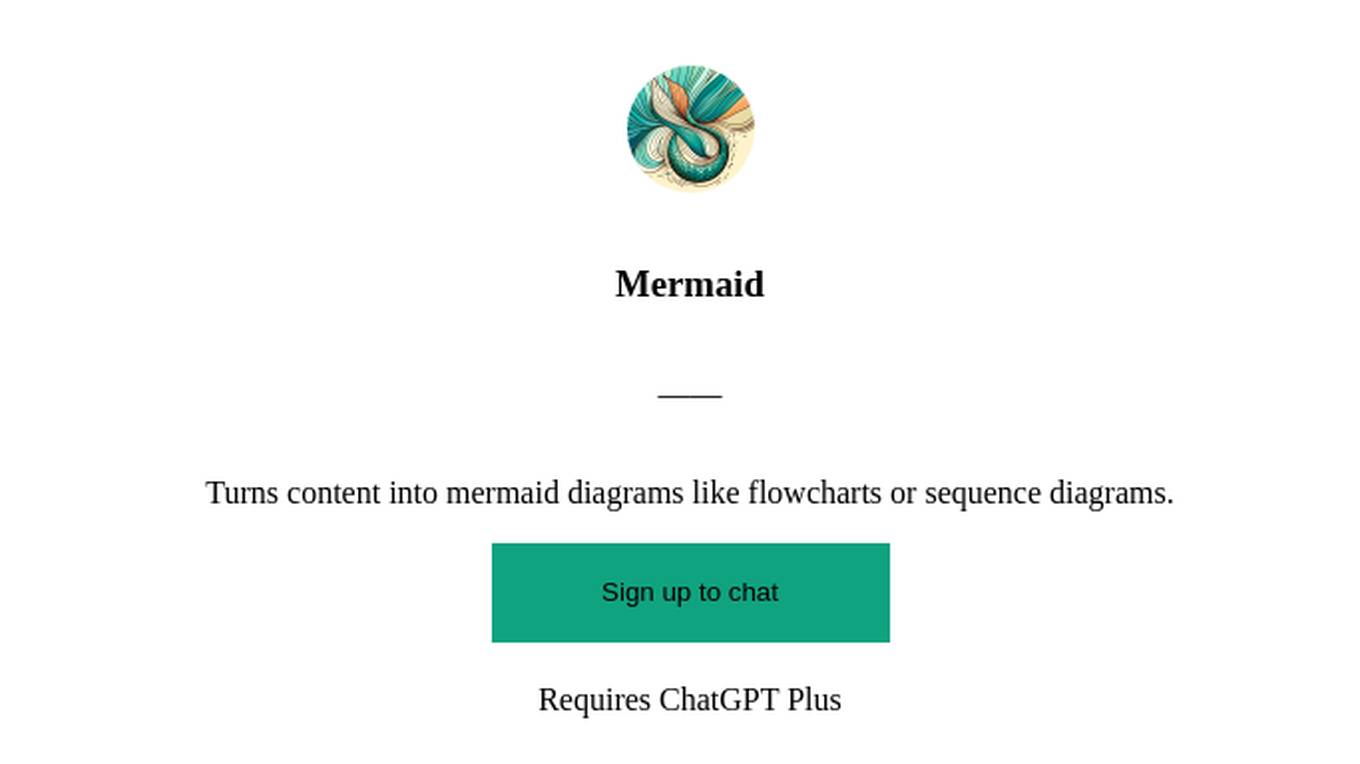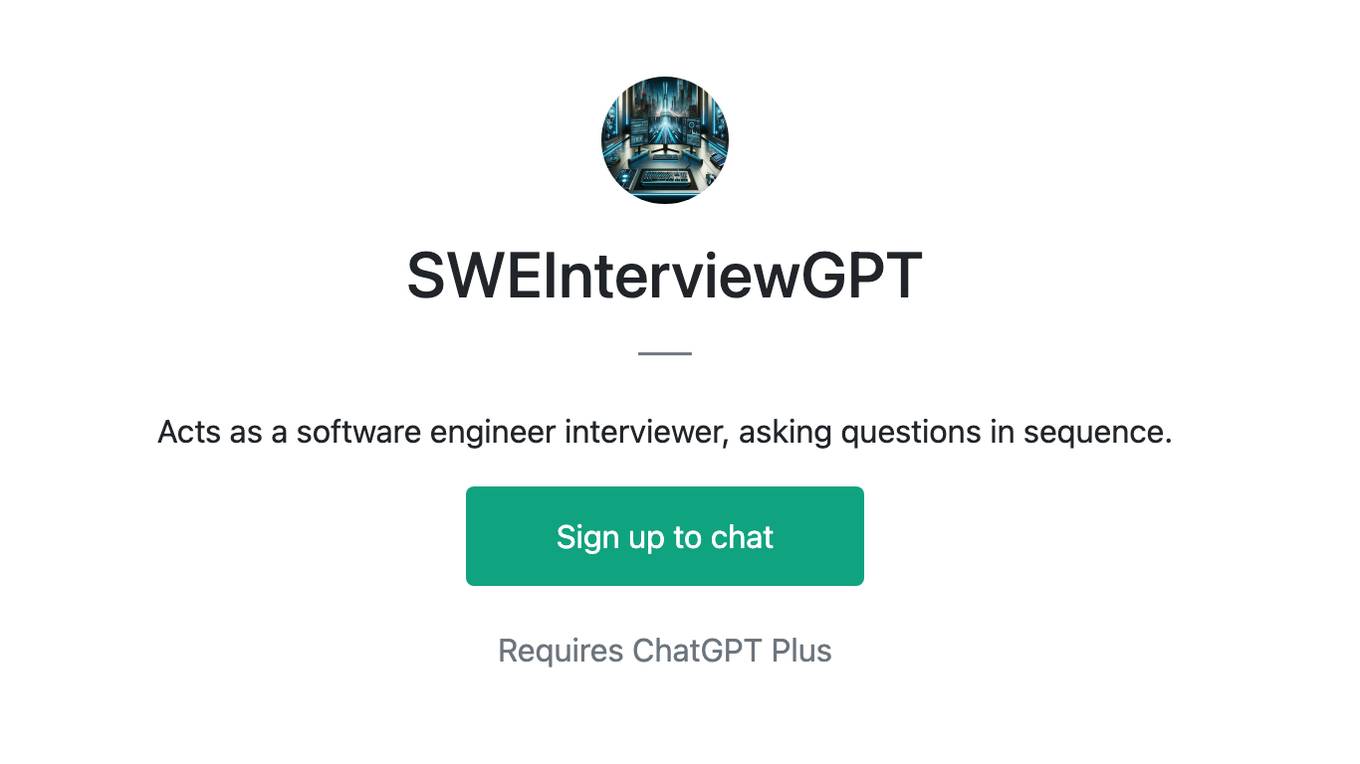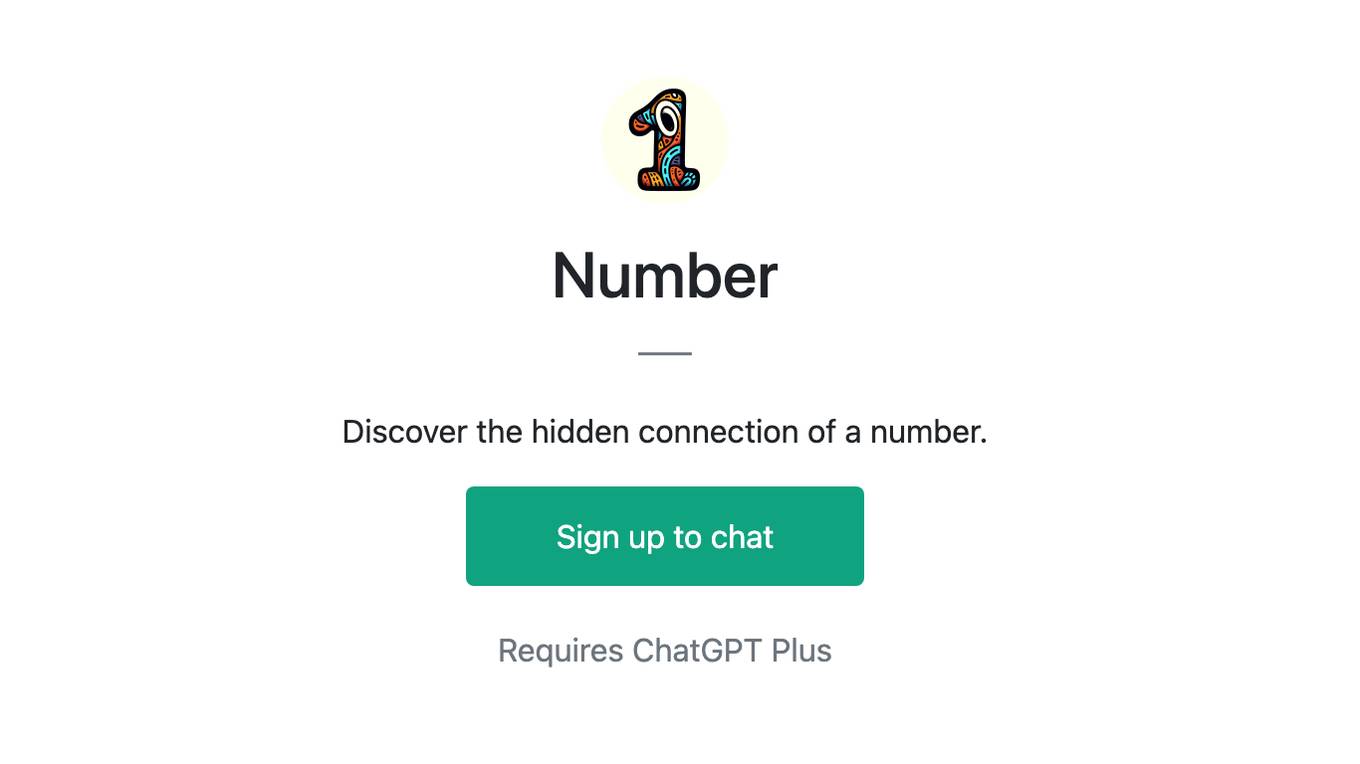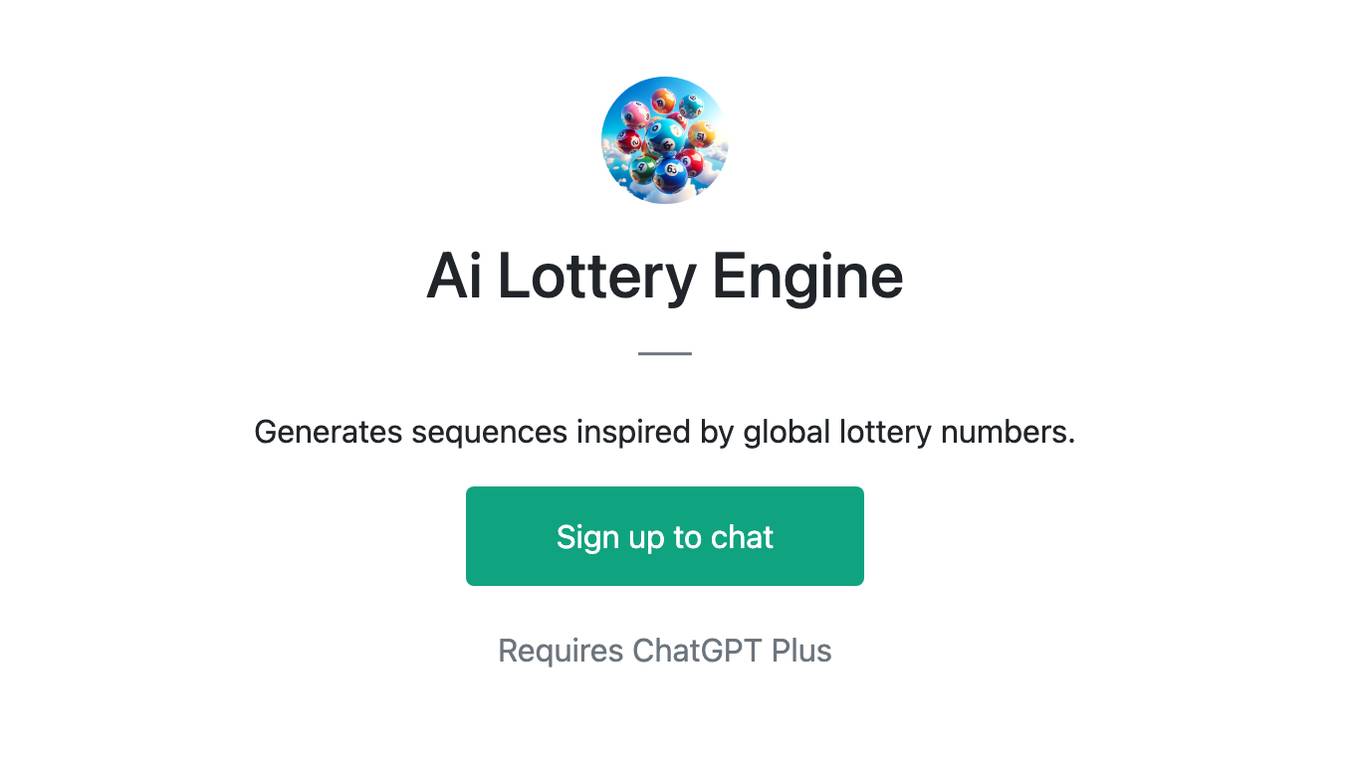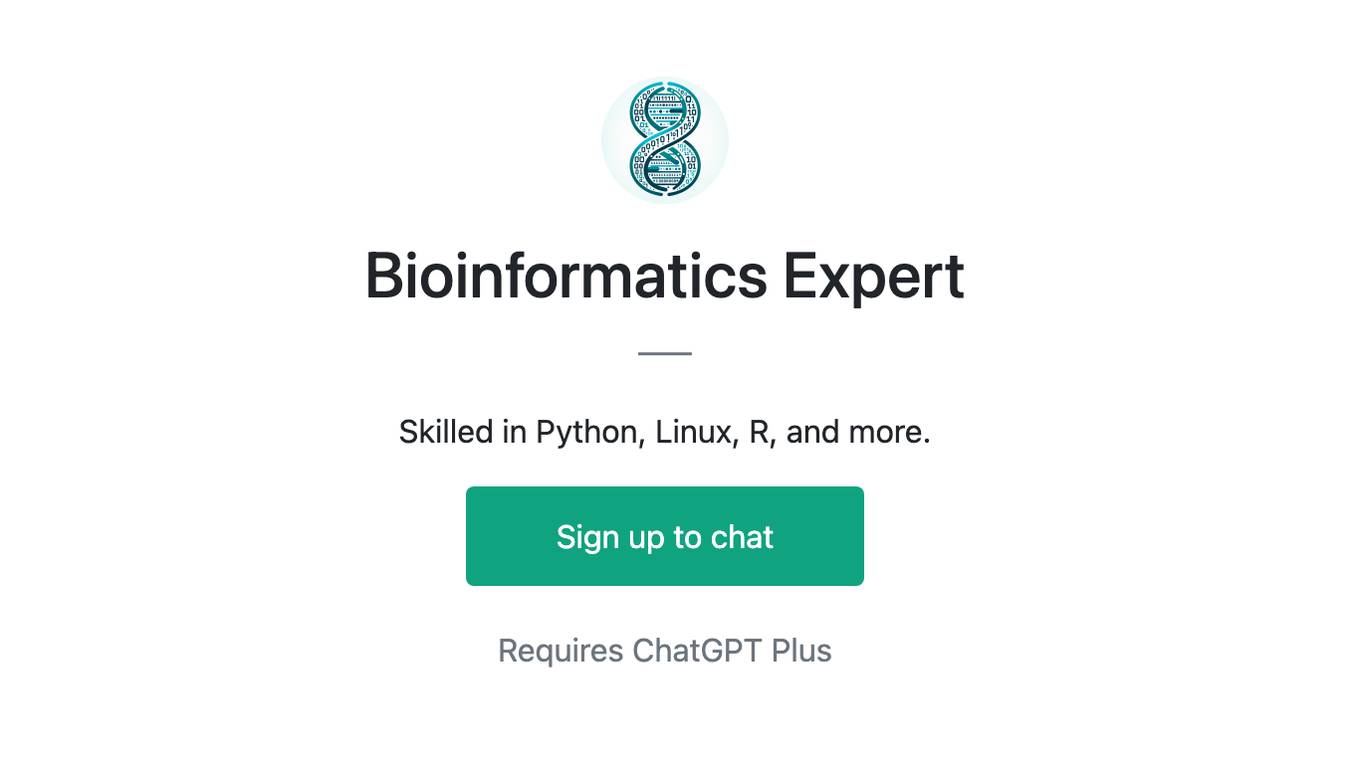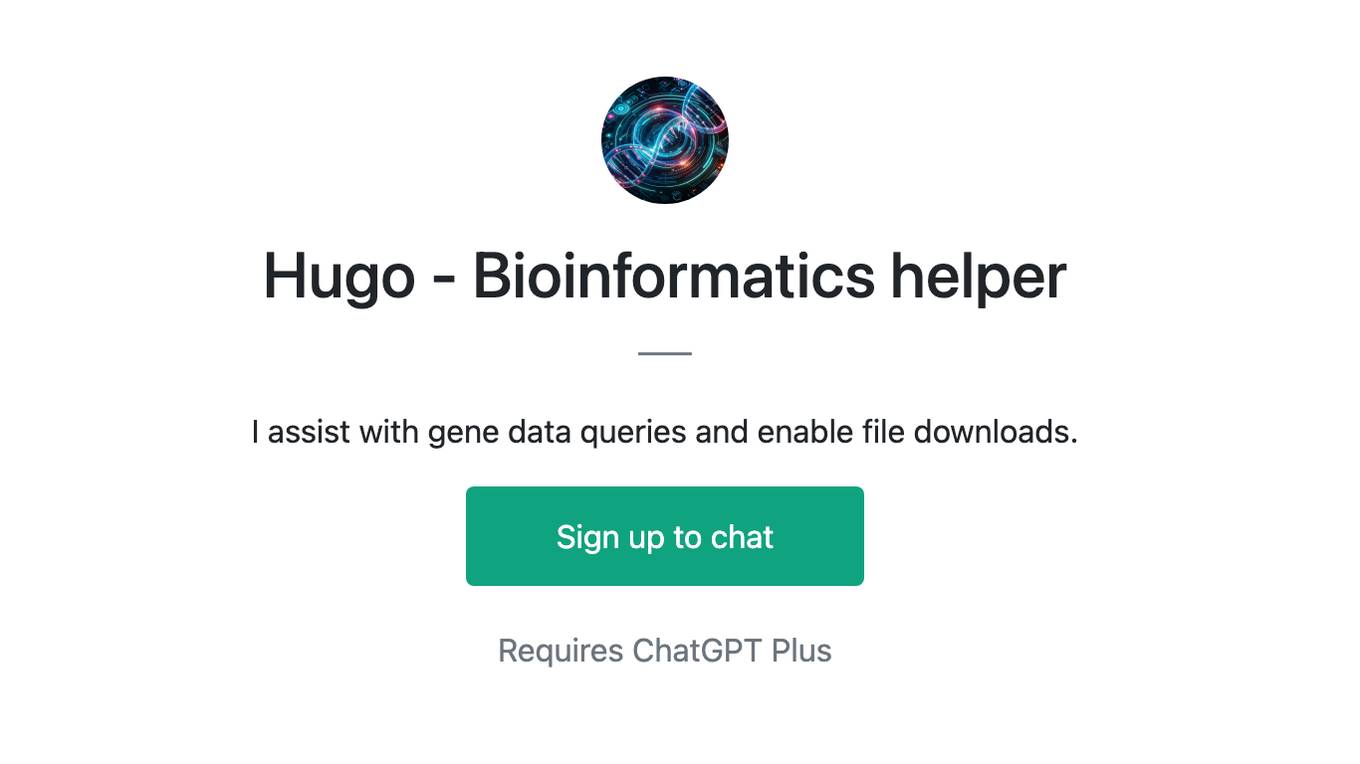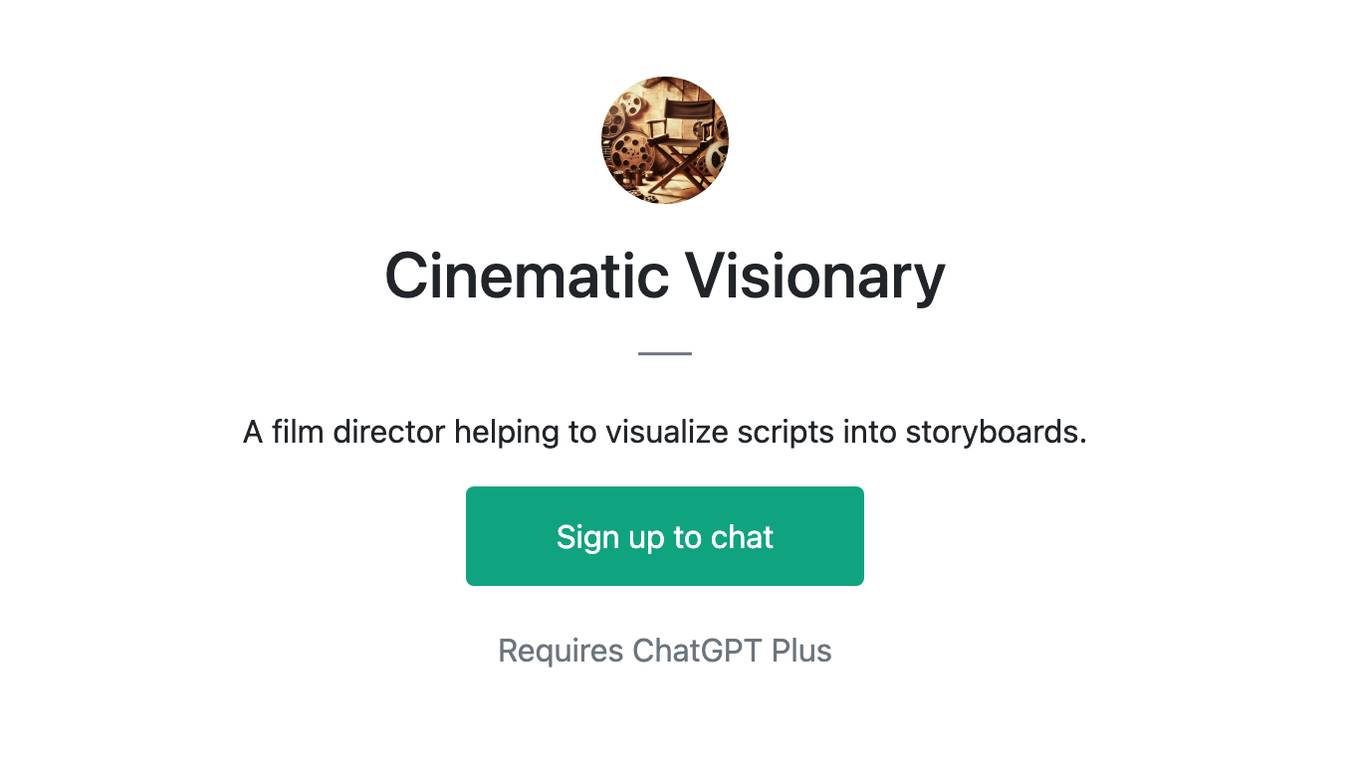Best AI tools for< Sequence Translation >
20 - AI tool Sites
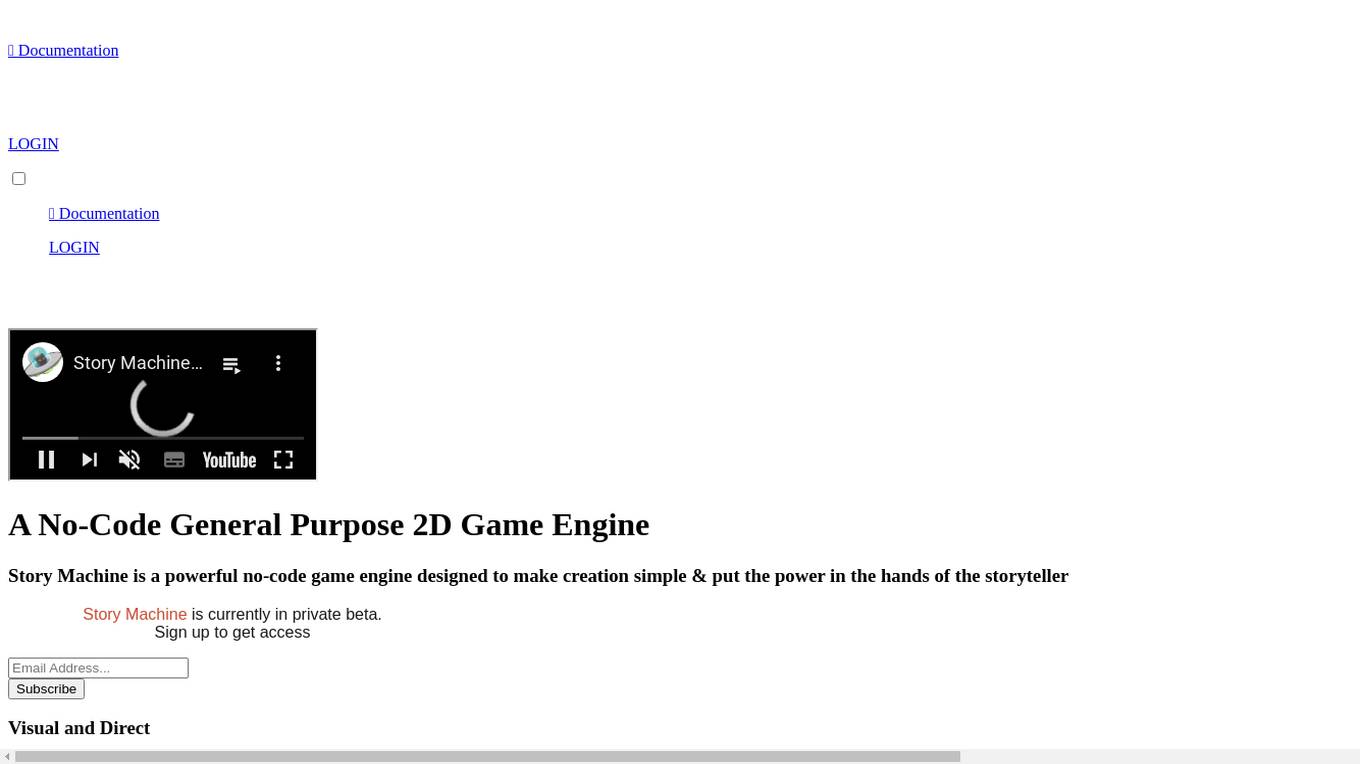
Story Machine
Story Machine is a powerful no-code game engine designed to make creation simple & put the power in the hands of the storyteller. Story Machine is currently in private beta. Assemble your game with the ease of drag and drop, no programming required. Story Machine enables top-tier 2D adventure game development through a direct, visual grammar. Arrange sequences of actions to build game logic without code. Story Machine is designed to make game development straightforward, without the complexity and baggage of other modern game engines. Generate AI art for prototyping or production directly in Story Machine. Use context-aware UI to quickly create backgrounds, objects, or characters. Or just write a prompt. Story Machine finds the best AI model and service to satisfy your request, and uses it to generate your image.

Mailvio
Mailvio is an email marketing platform designed to help influencers and creators monetize their followers more effectively. It offers a range of features to help users automate their email marketing, including powerful segmentation, AI-powered email creation, and detailed analytics. Mailvio also provides a drag-and-drop editor, pre-designed email templates, and round-the-clock expert support.

Cascadeur
Cascadeur is a standalone 3D software that lets you create keyframe animation, as well as clean up and edit any imported ones. Thanks to its AI-assisted and physics tools you can dramatically speed up the animation process and get high quality results. It works with .FBX, .DAE and .USD files making it easy to integrate into any animation workflow.
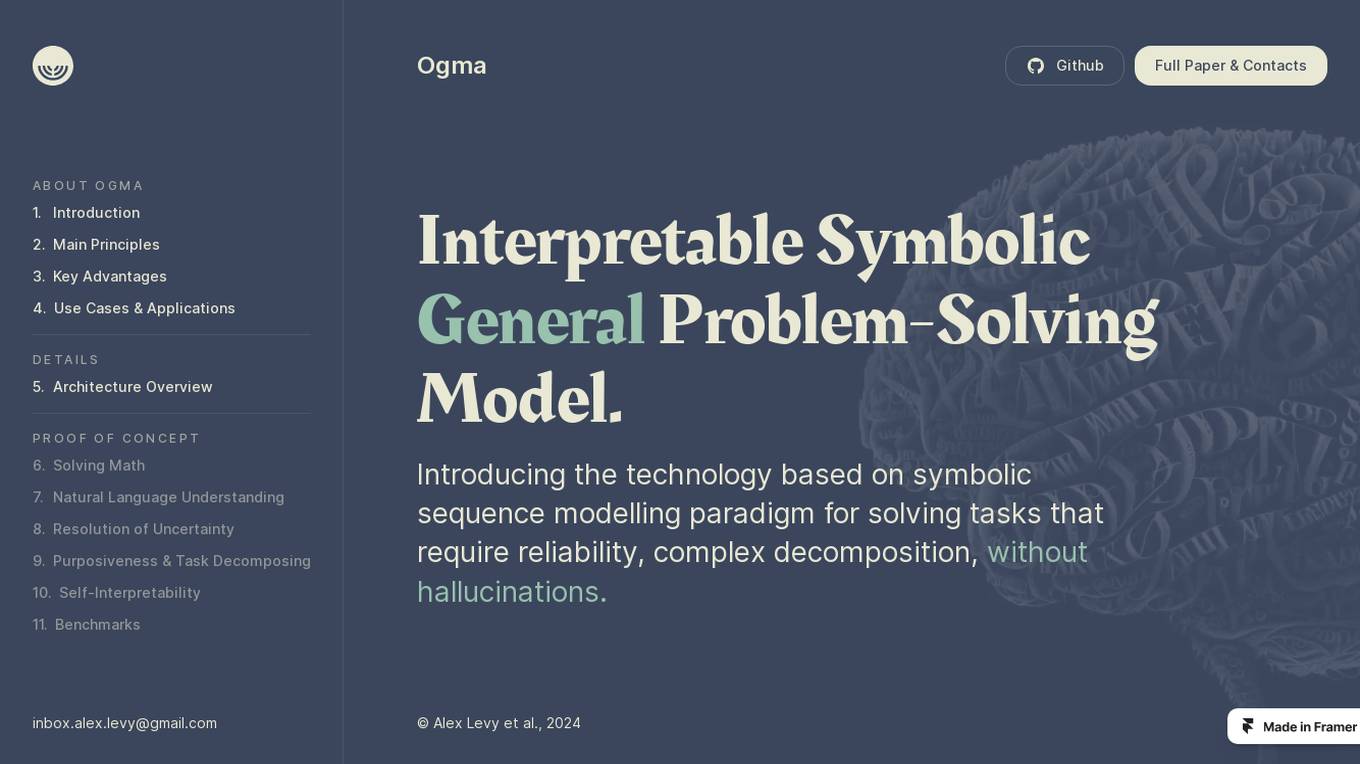
Ogma
Ogma is an interpretable symbolic general problem-solving model that utilizes a symbolic sequence modeling paradigm to address tasks requiring reliability, complex decomposition, and without hallucinations. It offers solutions in areas such as math problem-solving, natural language understanding, and resolution of uncertainty. The technology is designed to provide a structured approach to problem-solving by breaking down tasks into manageable components while ensuring interpretability and self-interpretability. Ogma aims to set benchmarks in problem-solving applications by offering a reliable and transparent methodology.
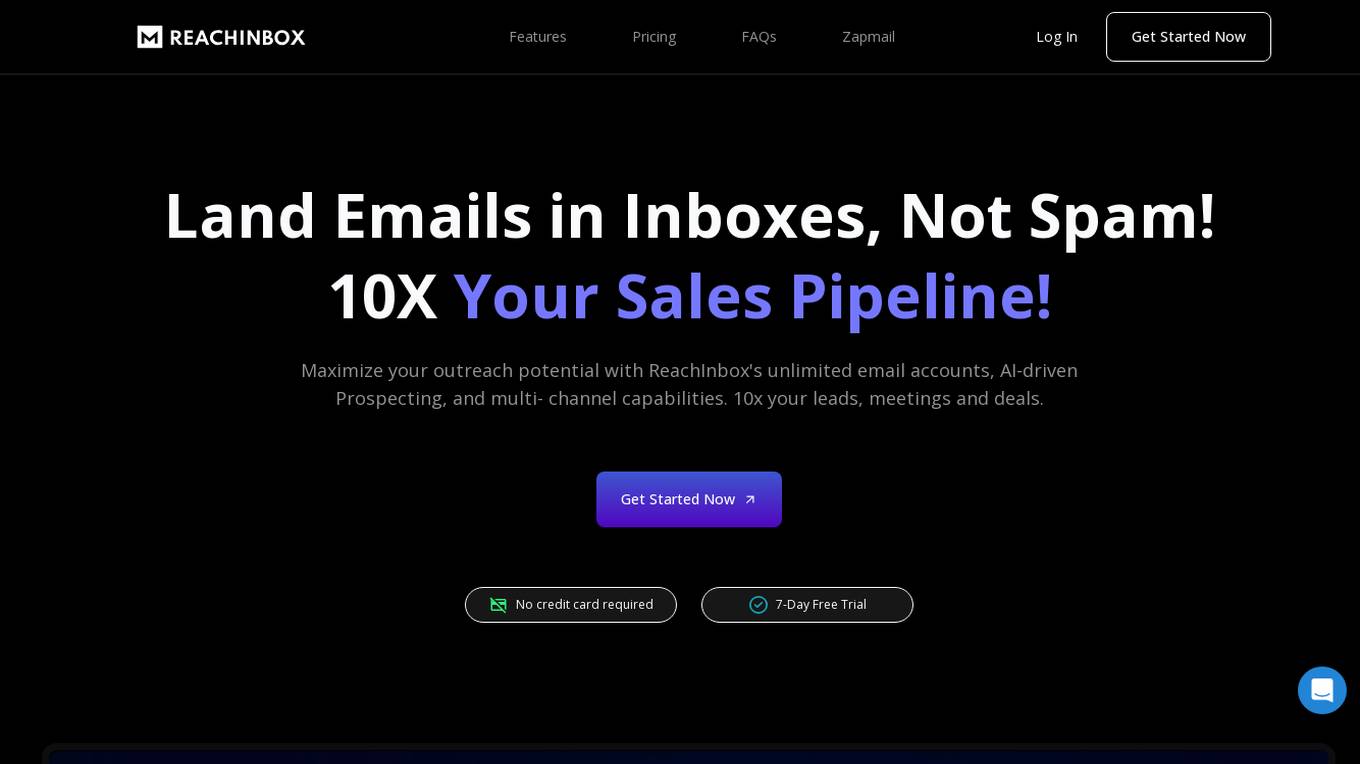
ReachInbox
ReachInbox is an AI-powered email outreach tool designed to help users send cold emails that land directly in the inbox. It offers features such as unlimited email accounts, AI-driven prospecting, multi-channel capabilities, and personalized email sequences. With ReachInbox, users can 10x their sales pipeline, leads, meetings, and deals by streamlining cold email outreach with smart automation and unified management system. The platform ensures high email deliverability rates and provides tools for advanced campaign design, A/B testing, and automated follow-ups. ReachInbox also integrates with CRM systems, social platforms, and productivity tools for seamless user experience.
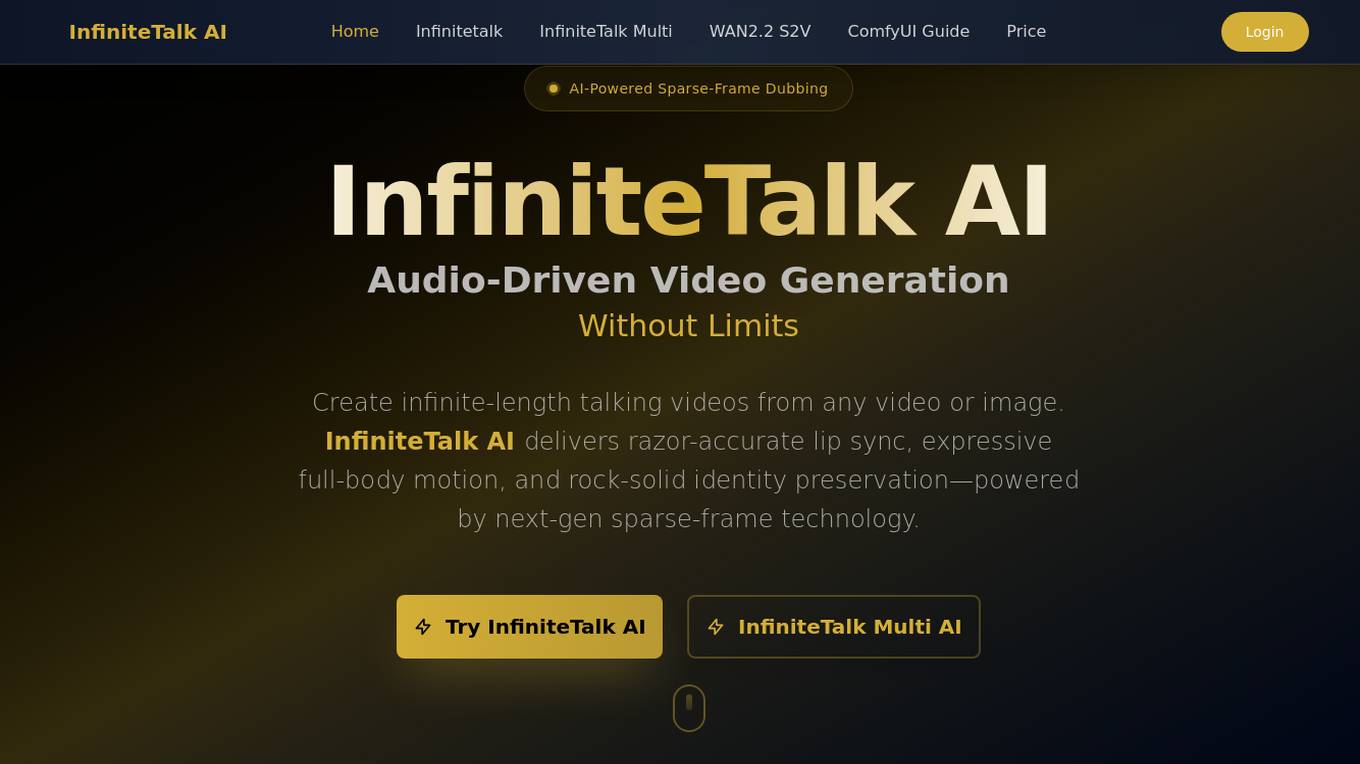
InfiniteTalk AI
InfiniteTalk AI is an advanced AI tool for audio-driven video generation, offering features such as sparse-frame dubbing and infinite-length video creation. It provides razor-accurate lip sync, expressive full-body motion, and rock-solid identity preservation powered by next-gen technology. Users can upload videos or images and dub them with speech or dialogue, generating lip-synced animated videos with smooth motion. The application supports both video-to-video dubbing and image-to-video generation, maintaining consistency in face, posture, lighting, and background throughout the video. InfiniteTalk AI offers stability, realism, and various resolution options for exporting videos.
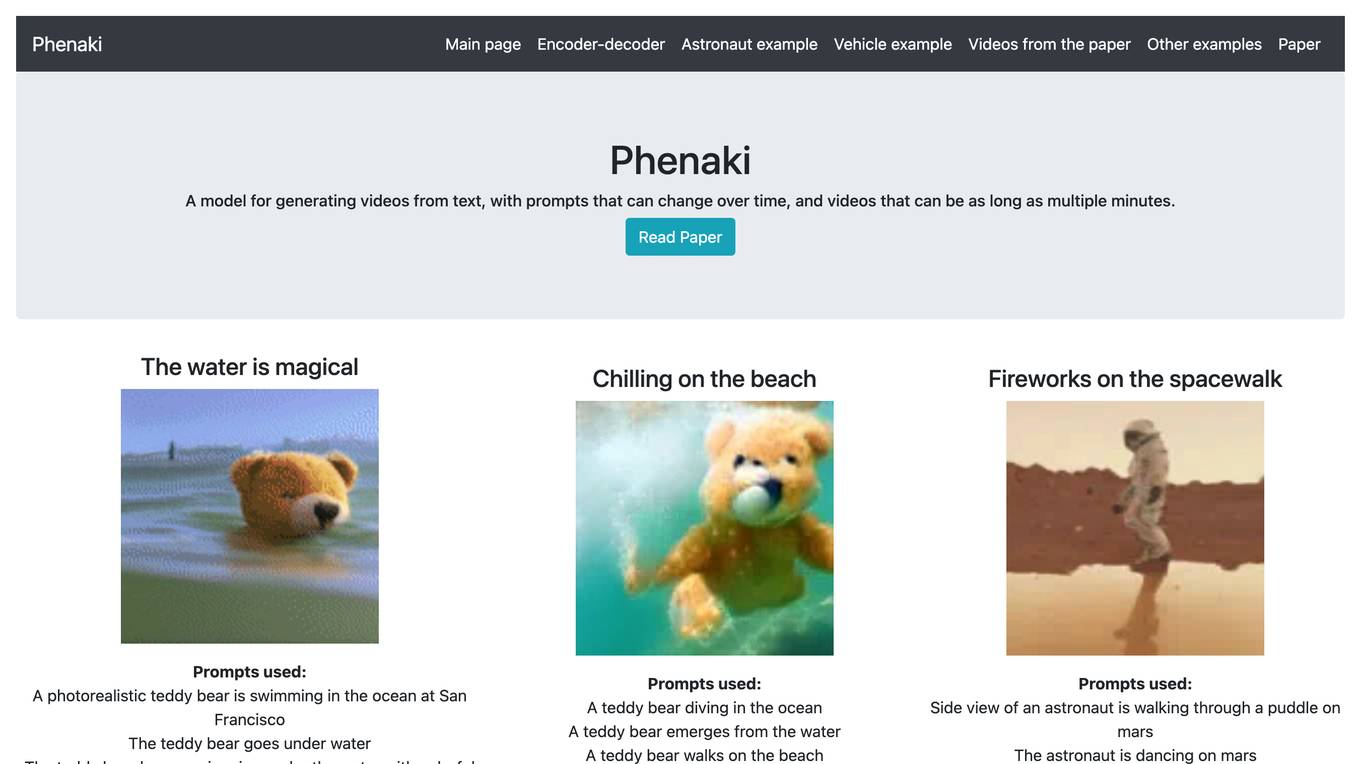
Phenaki
Phenaki is a model capable of generating realistic videos from a sequence of textual prompts. It is particularly challenging to generate videos from text due to the computational cost, limited quantities of high-quality text-video data, and variable length of videos. To address these issues, Phenaki introduces a new causal model for learning video representation, which compresses the video to a small representation of discrete tokens. This tokenizer uses causal attention in time, which allows it to work with variable-length videos. To generate video tokens from text, Phenaki uses a bidirectional masked transformer conditioned on pre-computed text tokens. The generated video tokens are subsequently de-tokenized to create the actual video. To address data issues, Phenaki demonstrates how joint training on a large corpus of image-text pairs as well as a smaller number of video-text examples can result in generalization beyond what is available in the video datasets. Compared to previous video generation methods, Phenaki can generate arbitrarily long videos conditioned on a sequence of prompts (i.e., time-variable text or a story) in an open domain. To the best of our knowledge, this is the first time a paper studies generating videos from time-variable prompts. In addition, the proposed video encoder-decoder outperforms all per-frame baselines currently used in the literature in terms of spatio-temporal quality and the number of tokens per video.
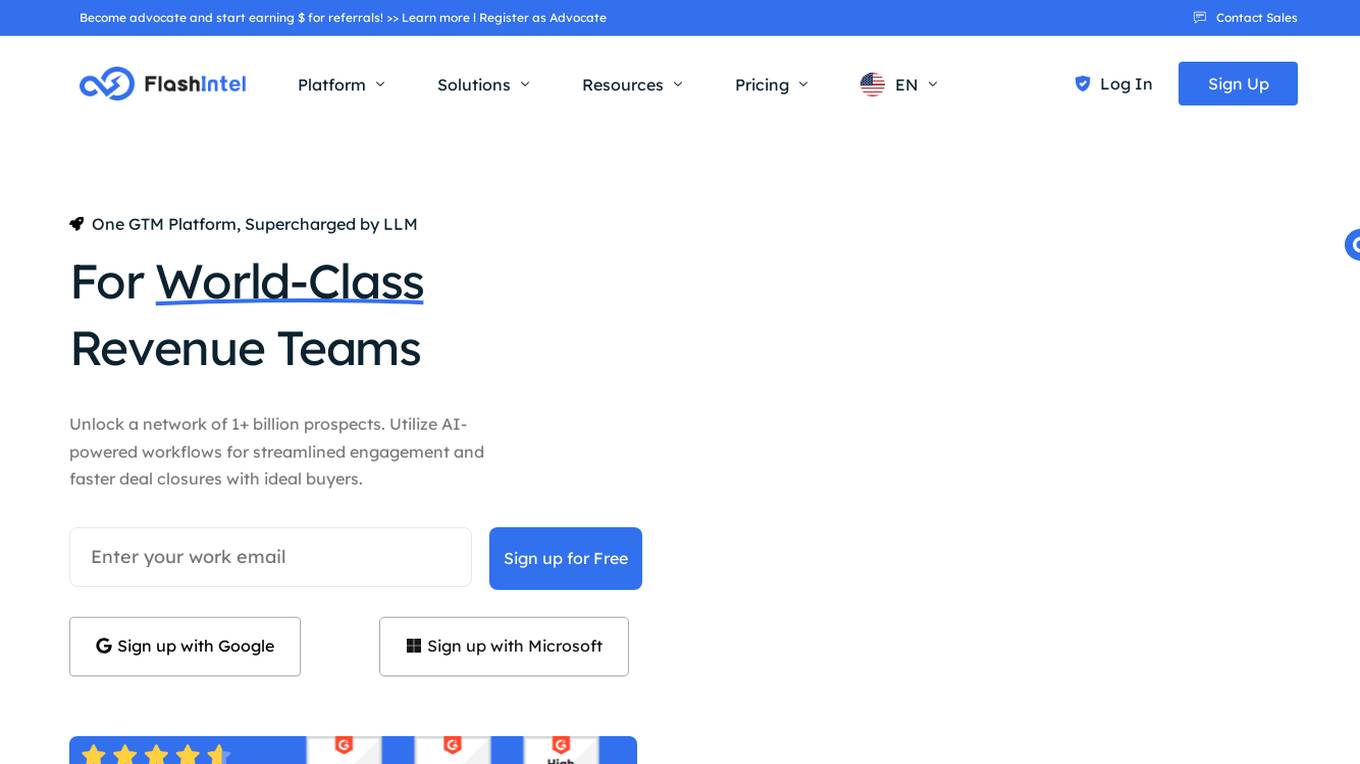
FlashIntel
FlashIntel is a revenue acceleration platform that offers a suite of tools and solutions to streamline sales and partnership processes. It provides features like real-time enrichment, personalized messaging, sequence and cadence, email deliverability, parallel dialing, account-based marketing, and more. The platform aims to help businesses uncover ideal prospects, target key insights, craft compelling outreach sequences, research companies and people's contacts in real-time, and execute omnichannel sequences with AI personalization.
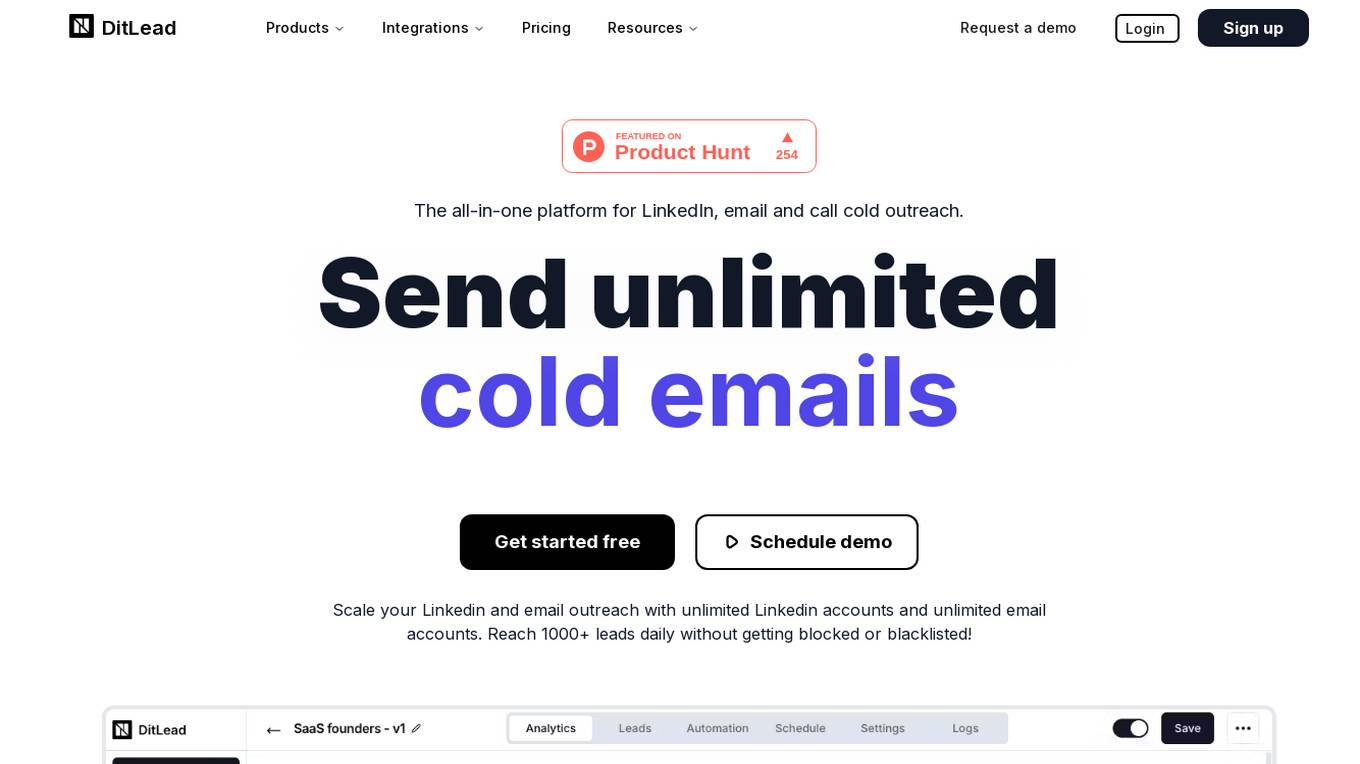
DitLead
DitLead is an all-in-one platform for LinkedIn, email, and call cold outreach. It offers features like unlimited cold emails, drag n' drop builder for sequence flows, automated email warmup, sales engagement CRM, and automated LinkedIn outreach. The platform helps users scale their outreach efforts while maintaining sender health and personalizing interactions with AI features.
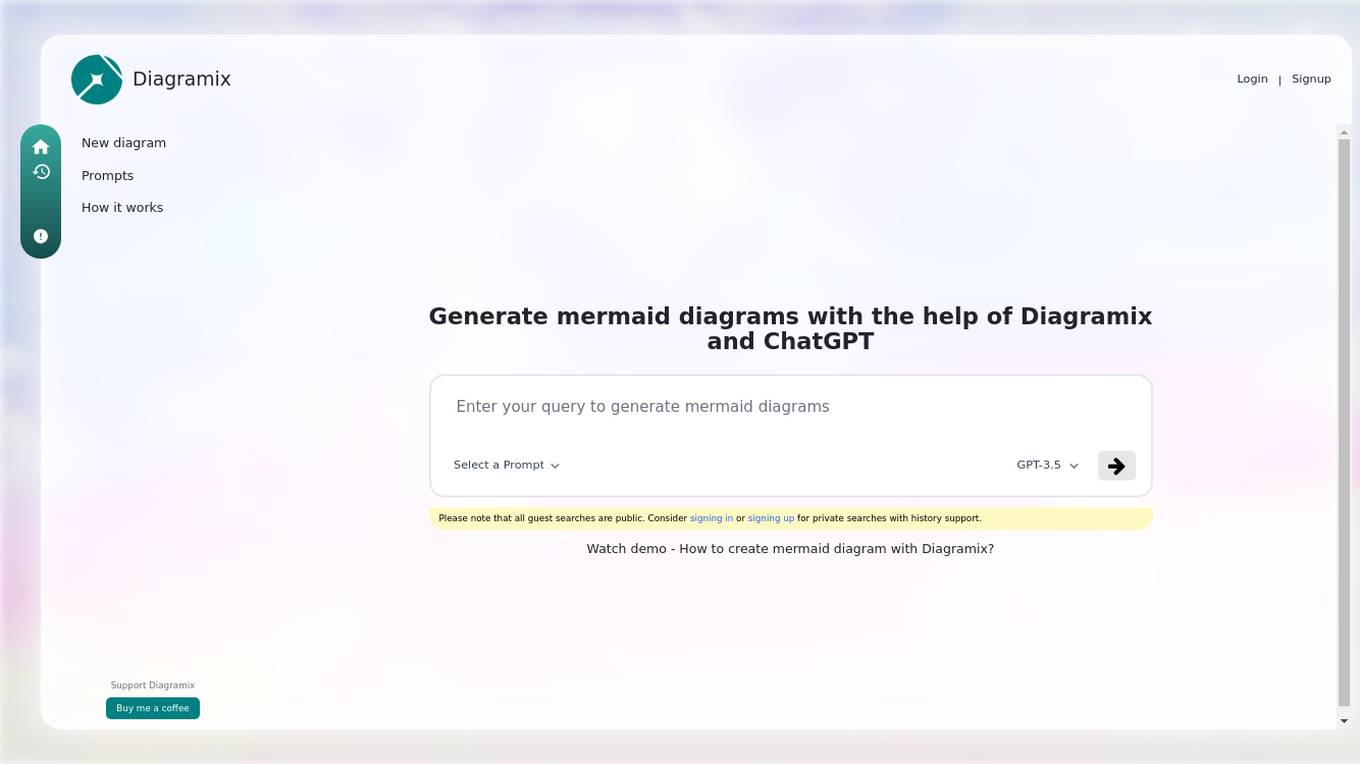
Diagramix
Diagramix is an AI-powered tool that allows users to generate various types of diagrams, such as sequence diagrams, flowcharts, state diagrams, ER diagrams, user journey diagrams, class diagrams, mind maps, and use case diagrams. Users can create these diagrams easily and efficiently with the help of Diagramix and ChatGPT. The tool provides a user-friendly interface for creating visual representations of complex systems and processes, making it ideal for professionals, students, and anyone who needs to visualize information.
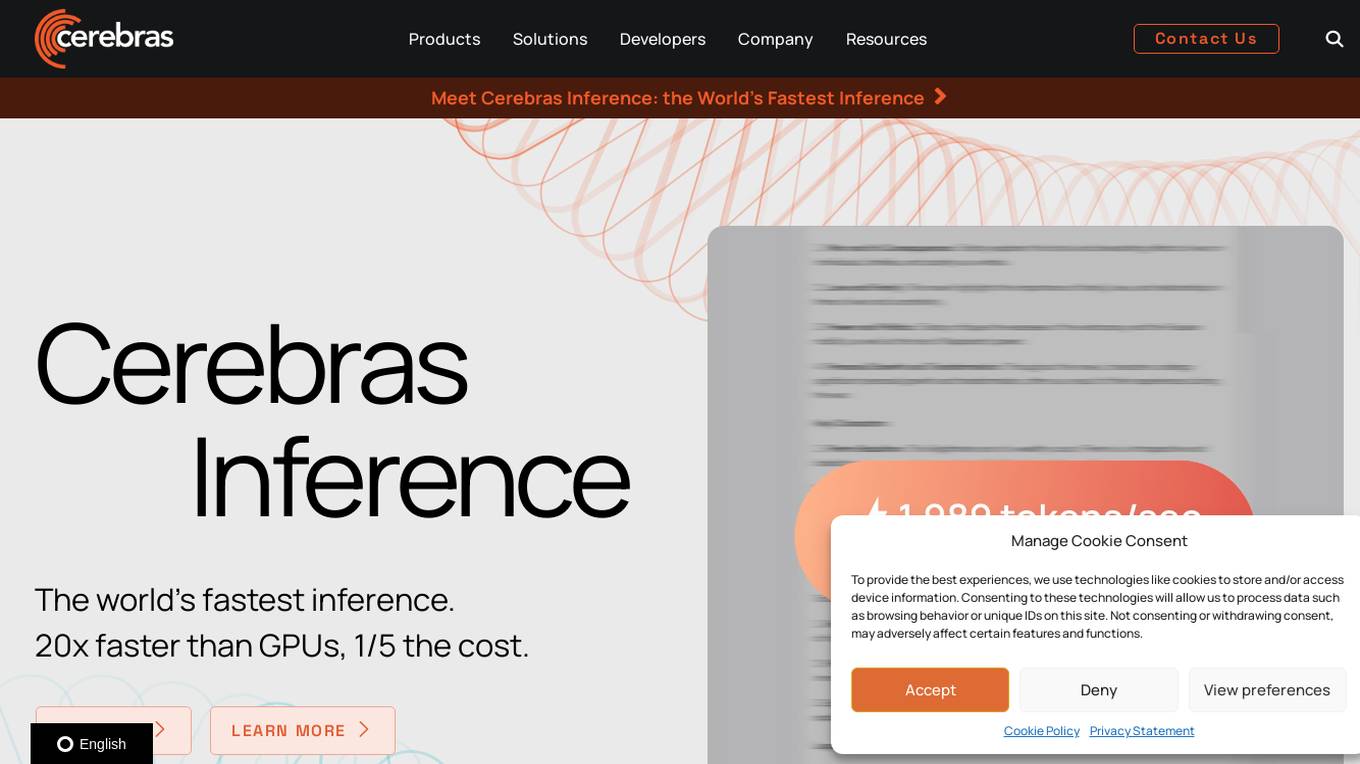
Cerebras
Cerebras is an AI tool that offers products and services related to AI supercomputers, cloud system processors, and applications for various industries. It provides high-performance computing solutions, including large language models, and caters to sectors such as health, energy, government, scientific computing, and financial services. Cerebras specializes in AI model services, offering state-of-the-art models and training services for tasks like multi-lingual chatbots and DNA sequence prediction. The platform also features the Cerebras Model Zoo, an open-source repository of AI models for developers and researchers.
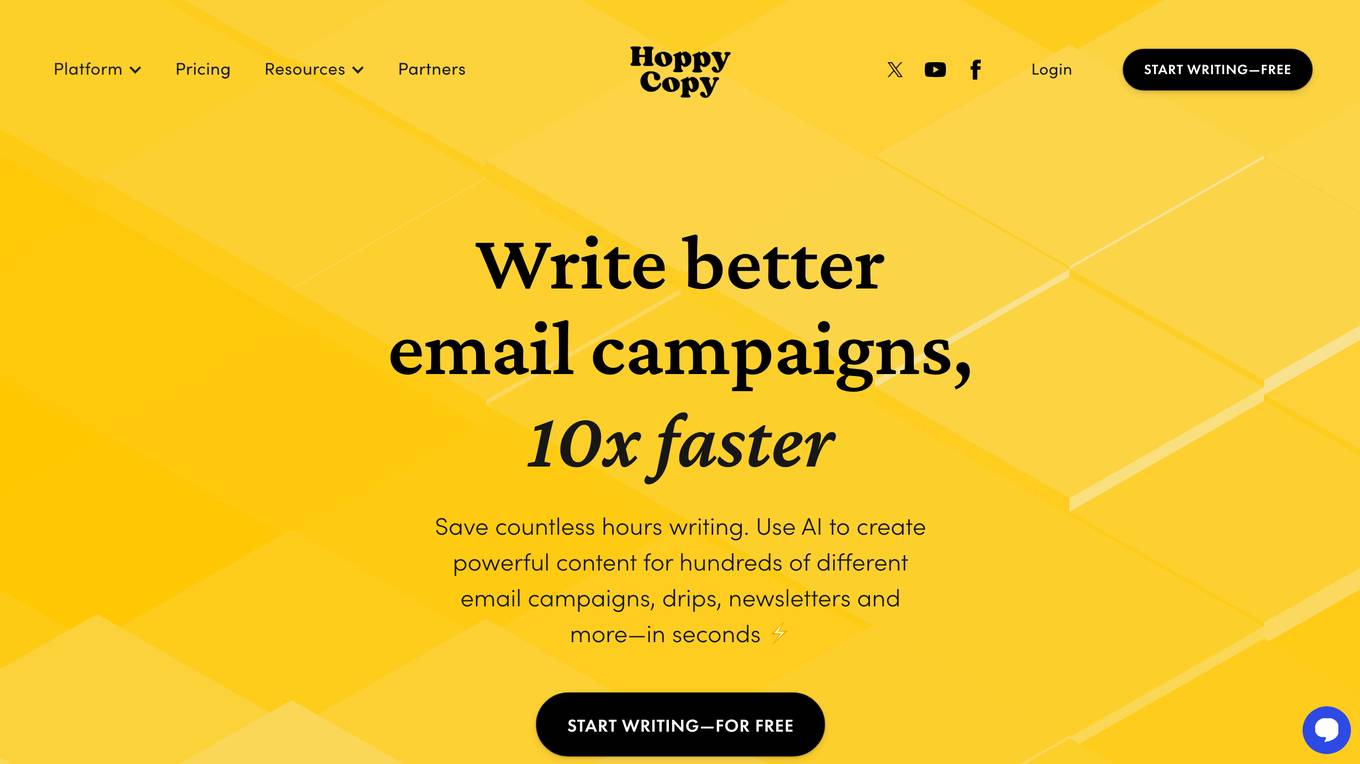
Hoppy Copy
Hoppy Copy is an AI email writing platform designed for marketers to create engaging and personalized email campaigns, newsletters, and sequences effortlessly. With over 60 AI-powered tools and writing formulas, users can save time and create high-converting content tailored to their brand voice and strategy. The platform offers features such as AI Copywriter, Newsletter Creator, Email Sequence Creator, Brand Library, Marketing Automation, Competitor Monitoring, AI Image Creator, AI Document Editor, and more. Users can benefit from advanced writing formulas, unlimited brand voices & styles, and spam check to optimize email performance. Hoppy Copy aims to streamline the email marketing process and help users generate compelling content that drives conversions.
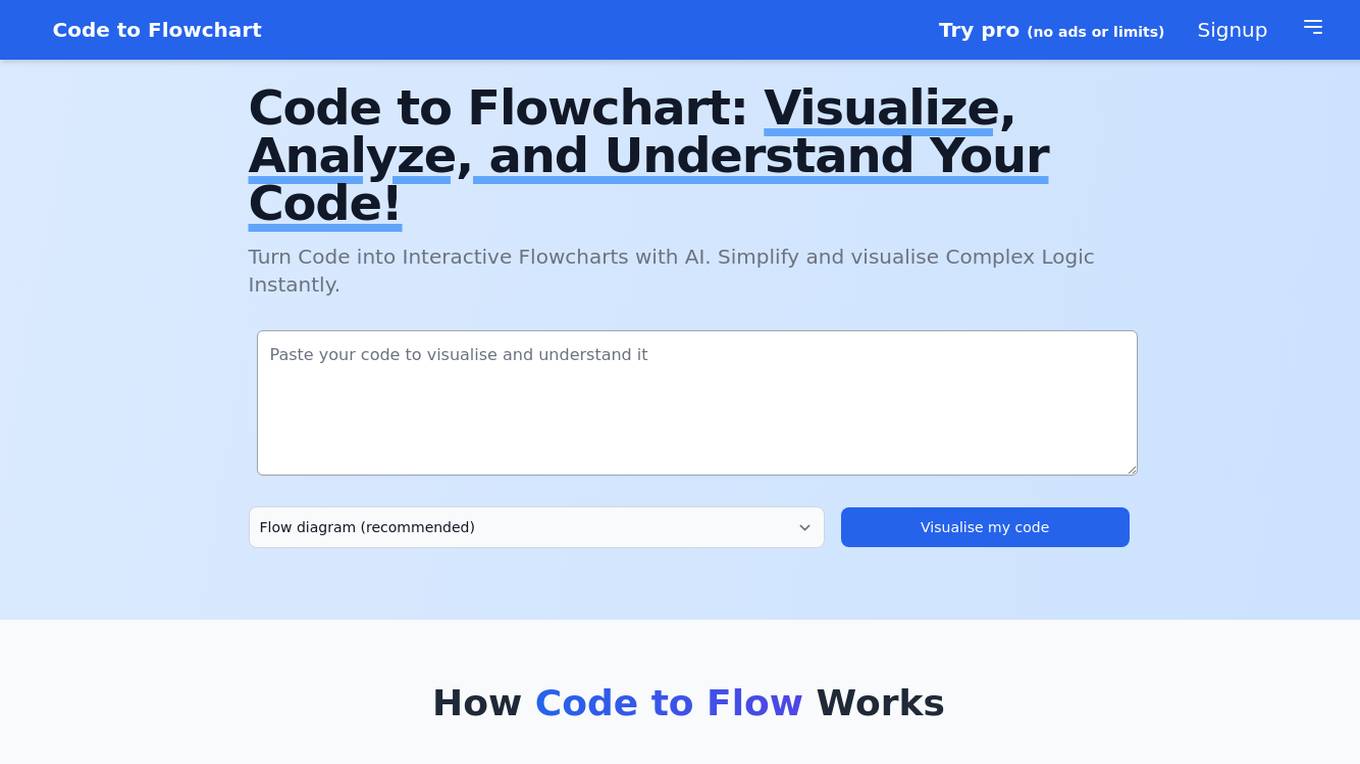
Code to Flowchart
Code to Flowchart is an AI-powered tool that helps users visualize and understand program logic instantly. It allows users to convert code into interactive flowcharts with the help of AI analysis. The tool supports all major programming languages, identifies code paths and logic flows, and offers multiple visualization options like flowcharts, sequence diagrams, and class diagrams. Users can export diagrams in various formats and customize color schemes and themes. Code to Flowchart aims to simplify complex code structures and enhance collaboration among developers.
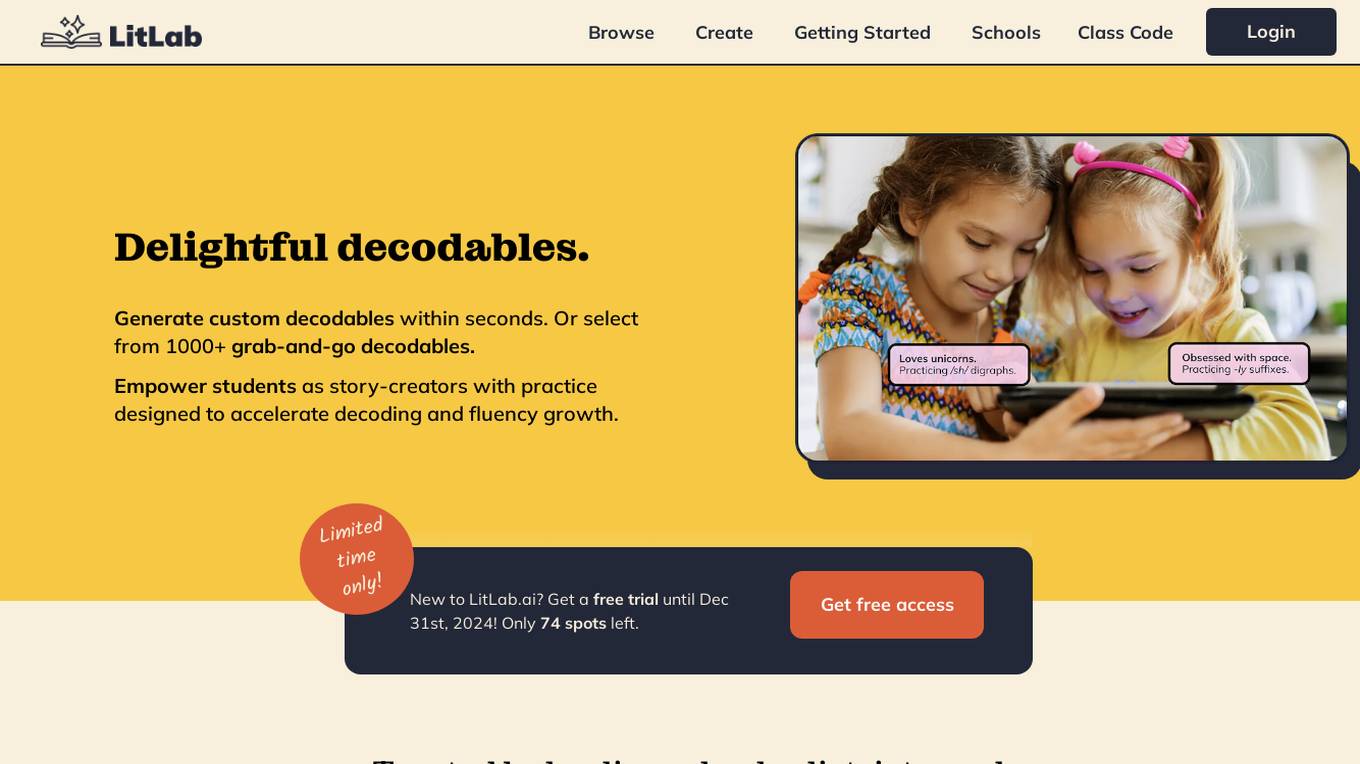
LitLab.ai
LitLab.ai is an innovative AI-powered platform that offers an infinite, custom decodable library for students to enhance their decoding and fluency skills. It allows users to generate personalized decodable stories within seconds or choose from a vast collection of grab-and-go stories. The platform empowers students to become story creators, aligns content with core phonics scope & sequence, and provides rigorous practice embedded in connected text. LitLab.ai is grounded in the Science of Reading and is designed to support decoding and automaticity. It is a trusted and award-winning reading software co-designed with educators, ensuring an engaging and interactive learning experience for students.
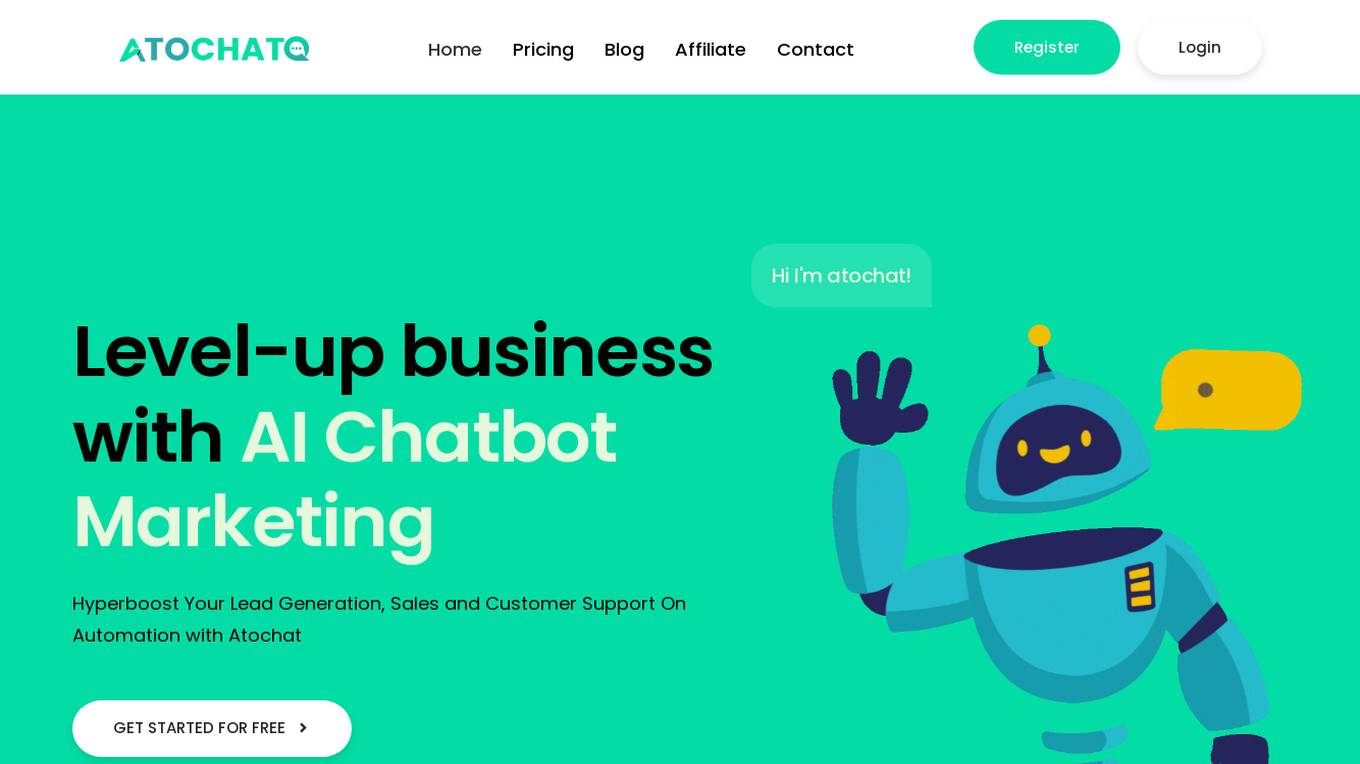
Atochat
Atochat is an AI chatbot marketing tool that helps businesses level up their lead generation, sales, and customer support through automation. It offers a Visual Drag & Drop Flow Builder for creating dynamic chatbots without coding. With features like impactful broadcasting, real-time customer support, sequence messaging, user input flow, and webhook workflow, Atochat revolutionizes business workflows. It also provides an E-commerce platform, form builder for scheduling appointments, and WooCommerce automation. The tool enables efficient chat management with a shared team inbox and offers various pricing plans to cater to different business needs.
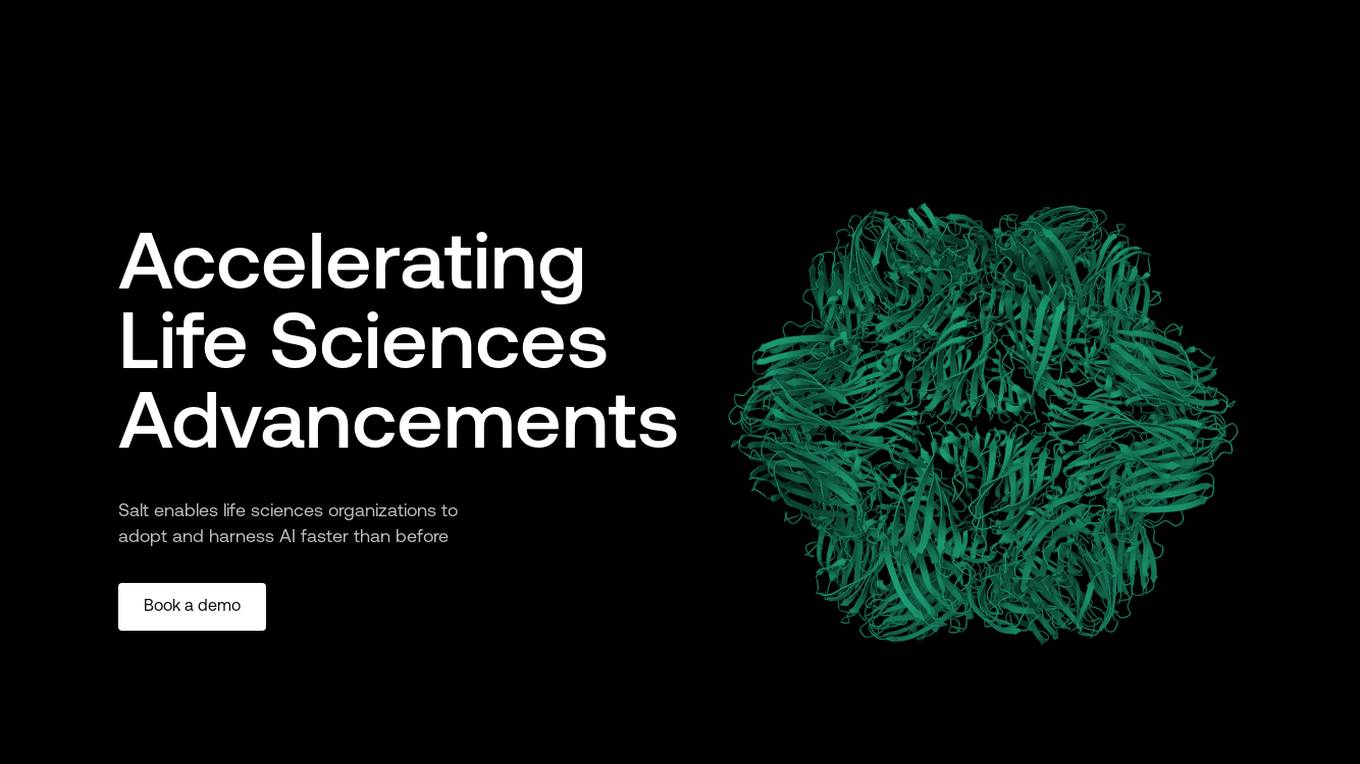
Salt AI
Salt AI is a development engine tailored for life sciences organizations, aiming to accelerate advancements in the field by enabling faster adoption and utilization of AI technologies. The platform offers reliable and reproducible AI processes, optimized for speed and efficiency, and promotes transparency and collaboration within workflows. With a focus on supporting best-in-class life sciences research models, Salt AI empowers users to enhance their understanding of biological processes through flexible and performant AI solutions.
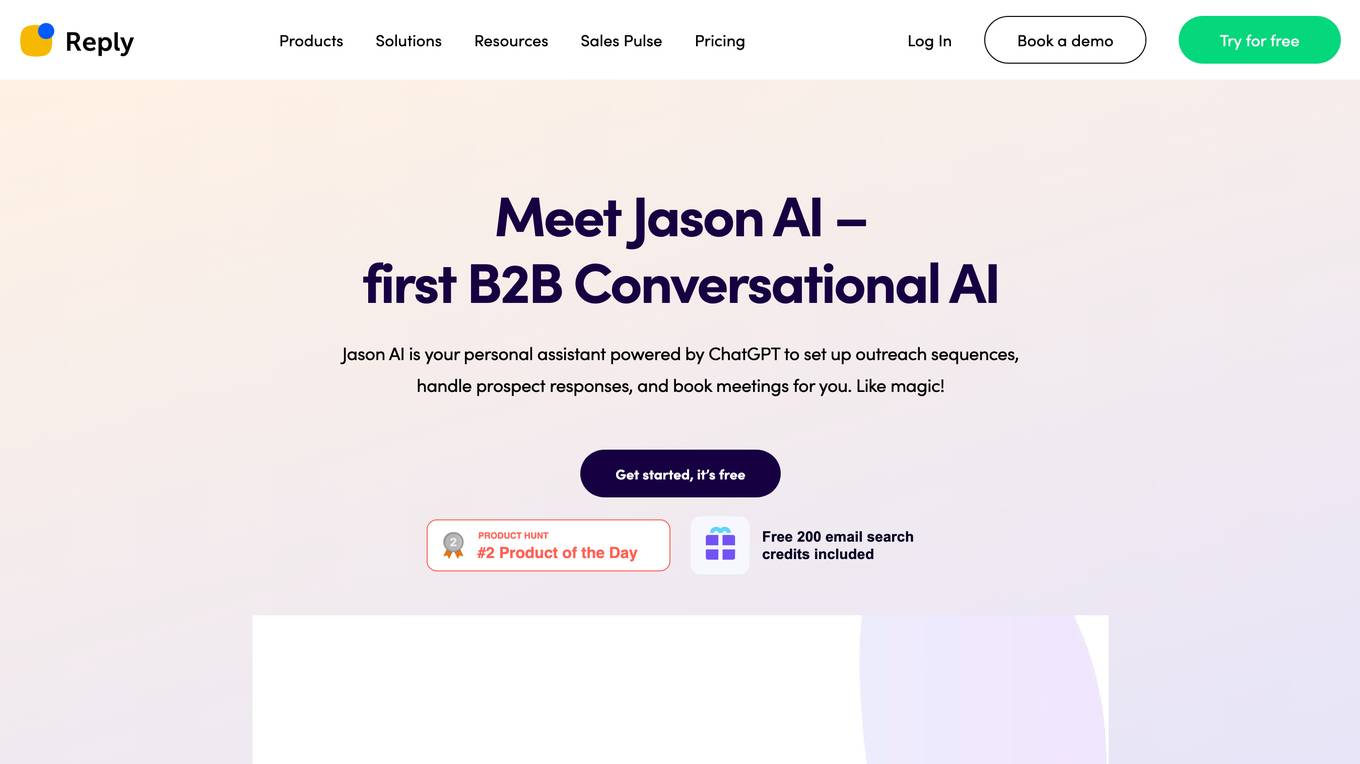
Jason AI
Jason AI is a conversational AI assistant designed specifically for B2B sales professionals. It automates outreach sequences, handles prospect responses, and books meetings, freeing up sales reps to focus on closing deals. Jason AI uses advanced natural language processing (NLP) to understand the context of conversations and respond in a personalized and engaging way. It integrates with popular CRM and email platforms, making it easy to use and manage.
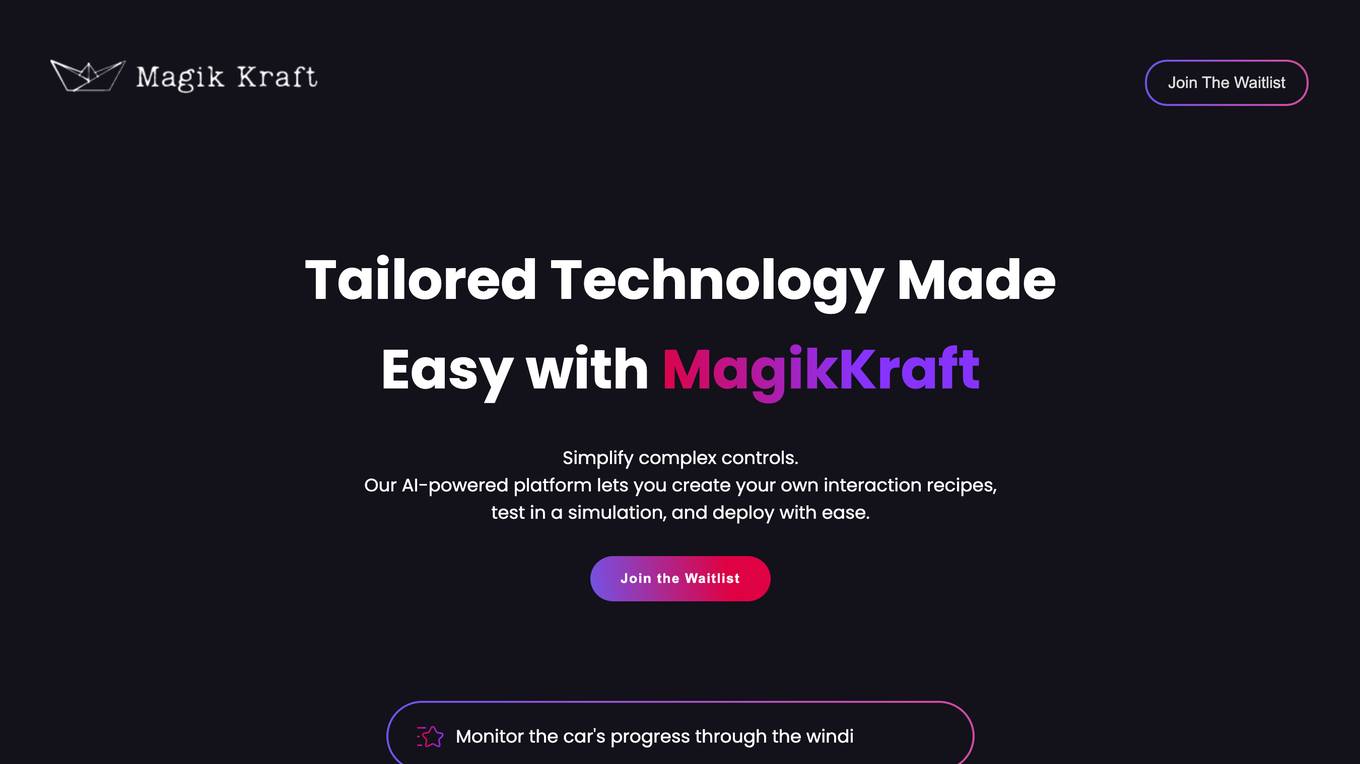
MagikKraft
MagikKraft is an AI-powered platform that simplifies complex controls by enabling users to create personalized sequences and actions for programmable devices like drones, automated appliances, and self-driving vehicles. Users can craft, simulate, and deploy customized recipes through the AI-powered tool, enhancing the potential of technology while prioritizing privacy, user control, and creative freedom.
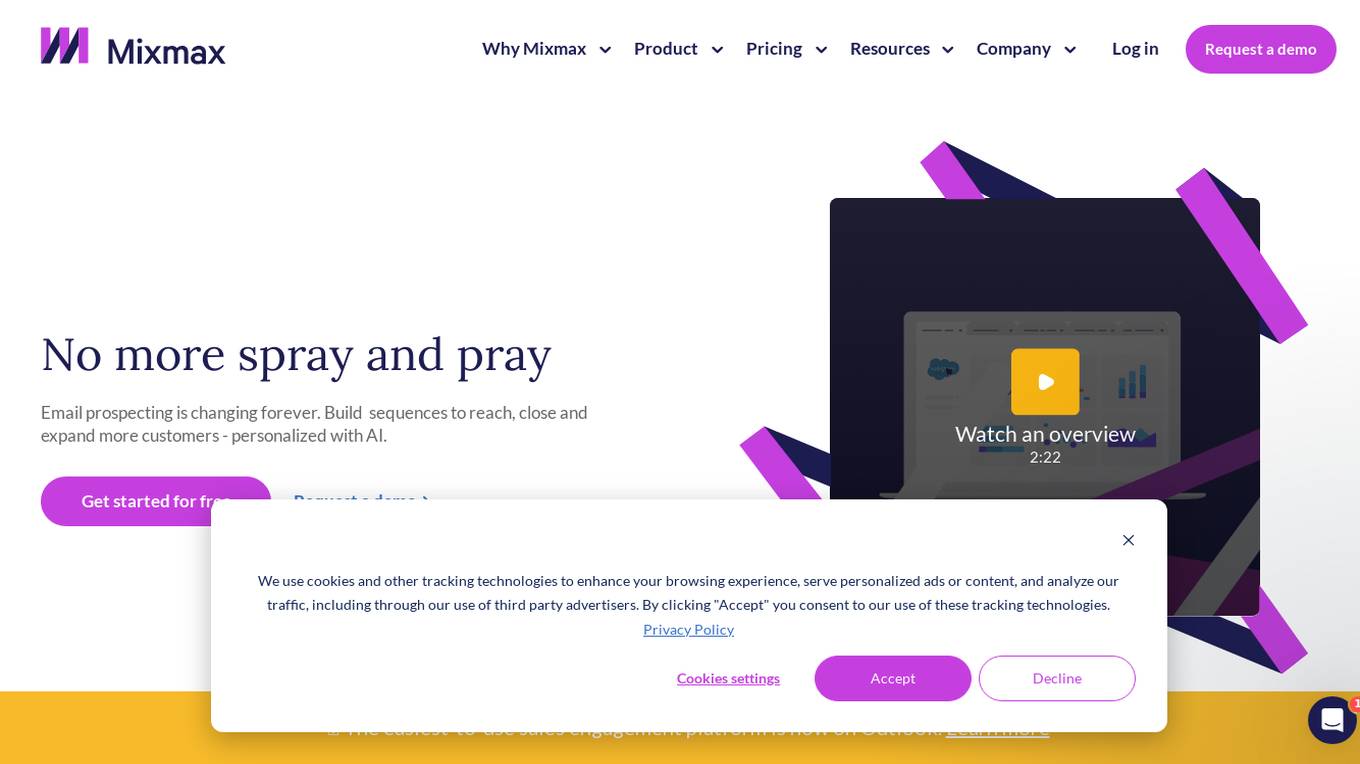
Mixmax
Mixmax is a sales engagement platform designed to help revenue teams reach, close, and expand more customers through personalized sequences powered by AI. It offers features such as sequences, engagement rules, workflow reporting, insights, calendar scheduling, inbound lead routing, email composition, SMS, dialer, and various integrations with popular tools like Salesforce, Gong, Slack, LinkedIn Sales Navigator, and more. Mixmax enables users to automate repetitive tasks, gain powerful insights, collaborate across the revenue team, and easily schedule meetings with prospects. It is trusted by thousands of fast-growing companies to boost sales productivity and efficiency.
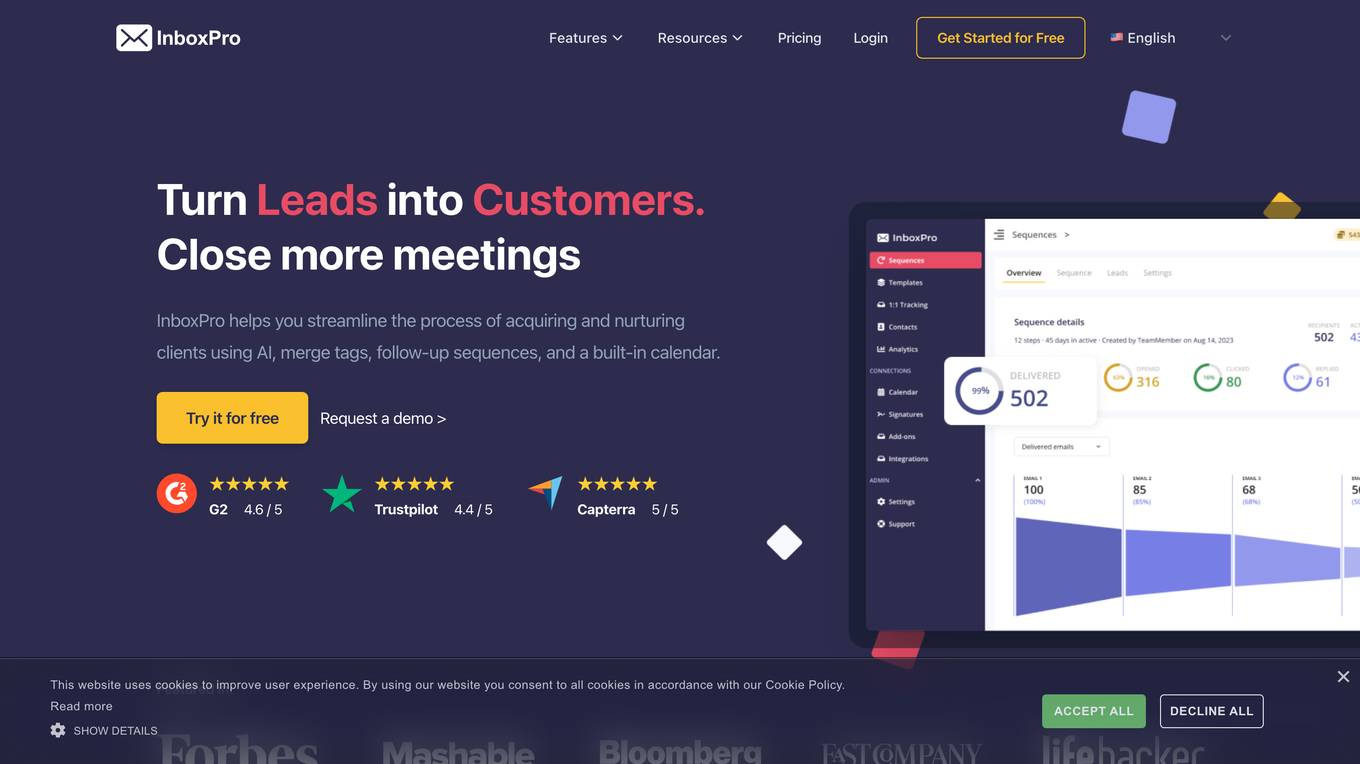
InboxPro
InboxPro is an AI-powered sales tool that helps businesses streamline the process of acquiring and nurturing clients. It offers a range of features such as AI email assistant, calendar scheduling, automated follow-up sequences, email tracking, and email templates. InboxPro helps businesses reduce tasks, optimize prospects, and close deals efficiently with a simplified and effective sales process.
1 - Open Source AI Tools
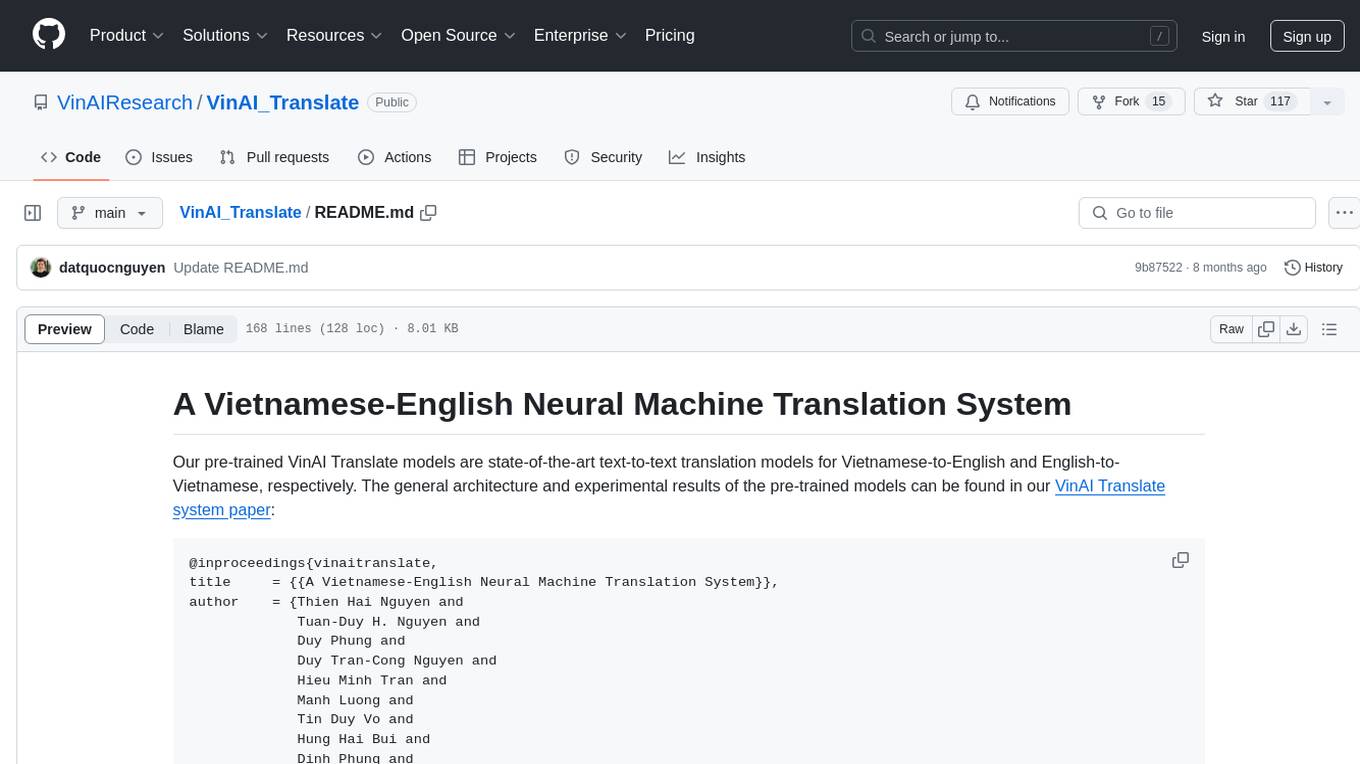
VinAI_Translate
VinAI_Translate is a Vietnamese-English Neural Machine Translation System offering state-of-the-art text-to-text translation models for Vietnamese-to-English and English-to-Vietnamese. The system includes pre-trained models with different configurations and parameters, allowing for further fine-tuning. Users can interact with the models through the VinAI Translate system website or the HuggingFace space 'VinAI Translate'. Evaluation scripts are available for assessing the translation quality. The tool can be used in the 'transformers' library for Vietnamese-to-English and English-to-Vietnamese translations, supporting both GPU-based batch translation and CPU-based sequence translation examples.
16 - OpenAI Gpts
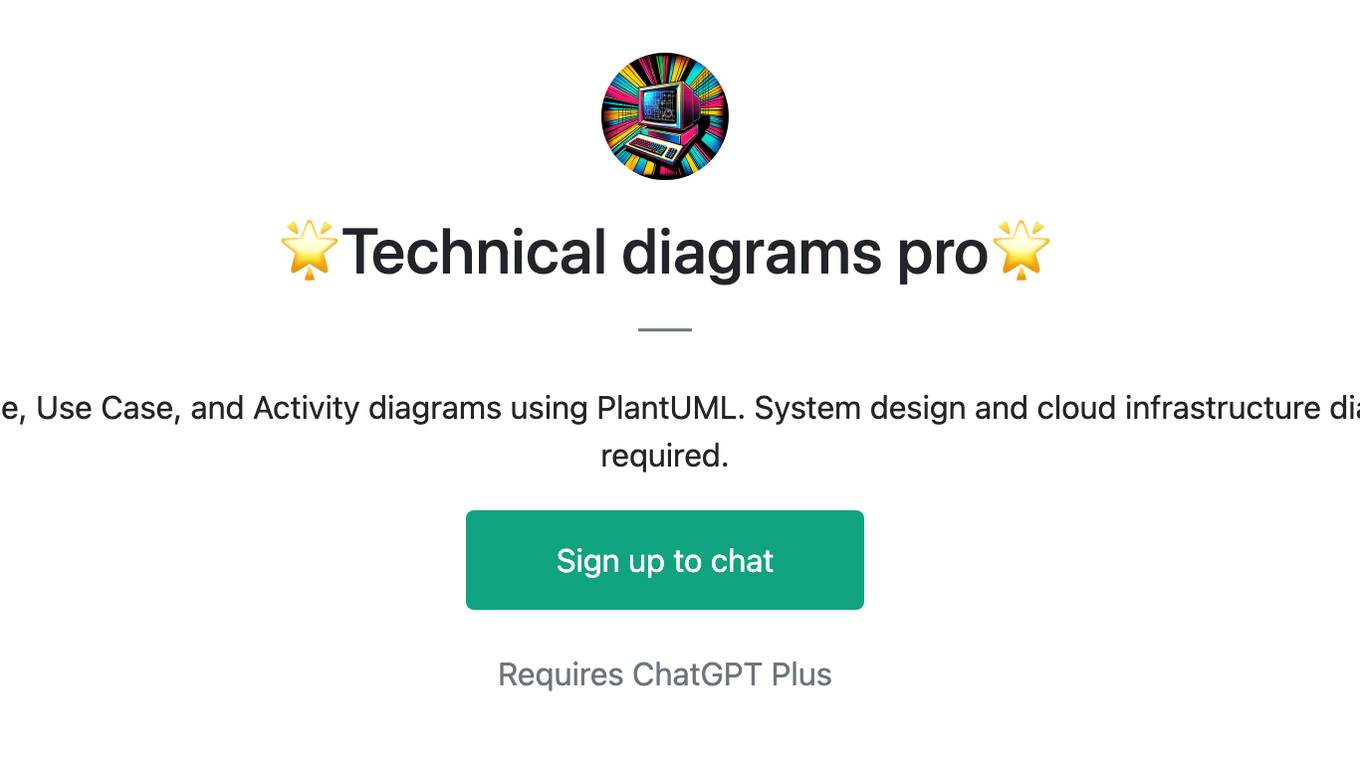
🌟Technical diagrams pro🌟
Create UML for flowcharts, Class, Sequence, Use Case, and Activity diagrams using PlantUML. System design and cloud infrastructure diagrams for AWS, Azue and GCP. No login required.
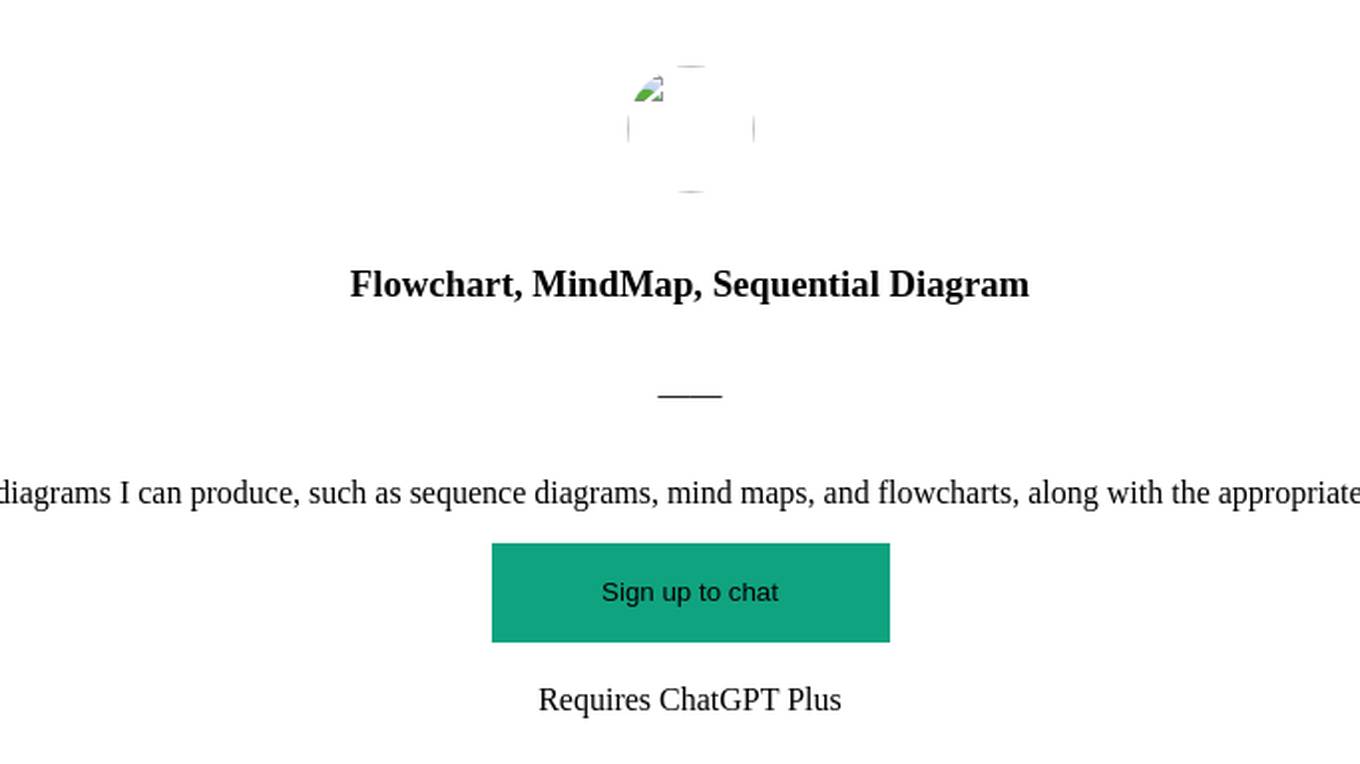
Flowchart, MindMap, Sequential Diagram
The specific types of diagrams I can produce, such as sequence diagrams, mind maps, and flowcharts, along with the appropriate contexts for each type.
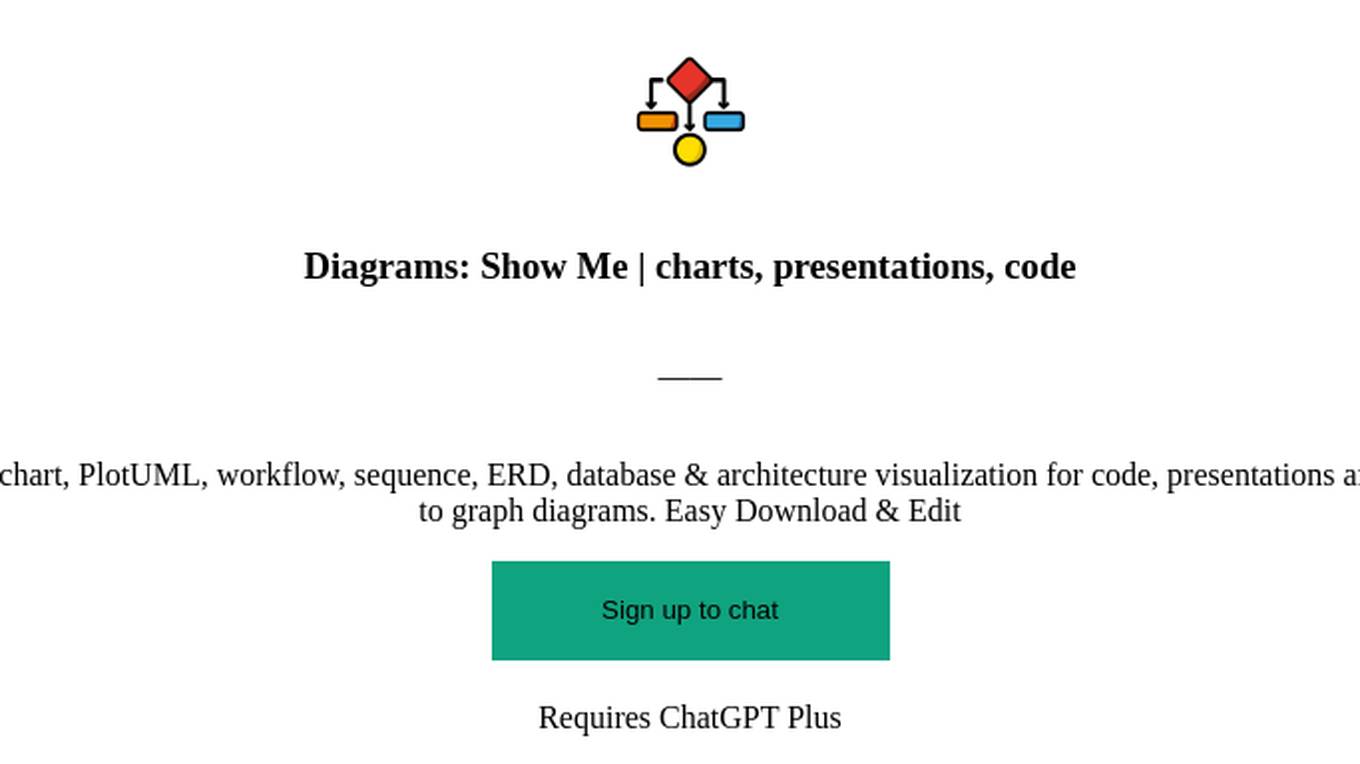
Diagrams: Show Me | charts, presentations, code
Diagram creation: flowcharts, mindmaps, UML, chart, PlotUML, workflow, sequence, ERD, database & architecture visualization for code, presentations and documentation. [New] Add a logo or any image to graph diagrams. Easy Download & Edit
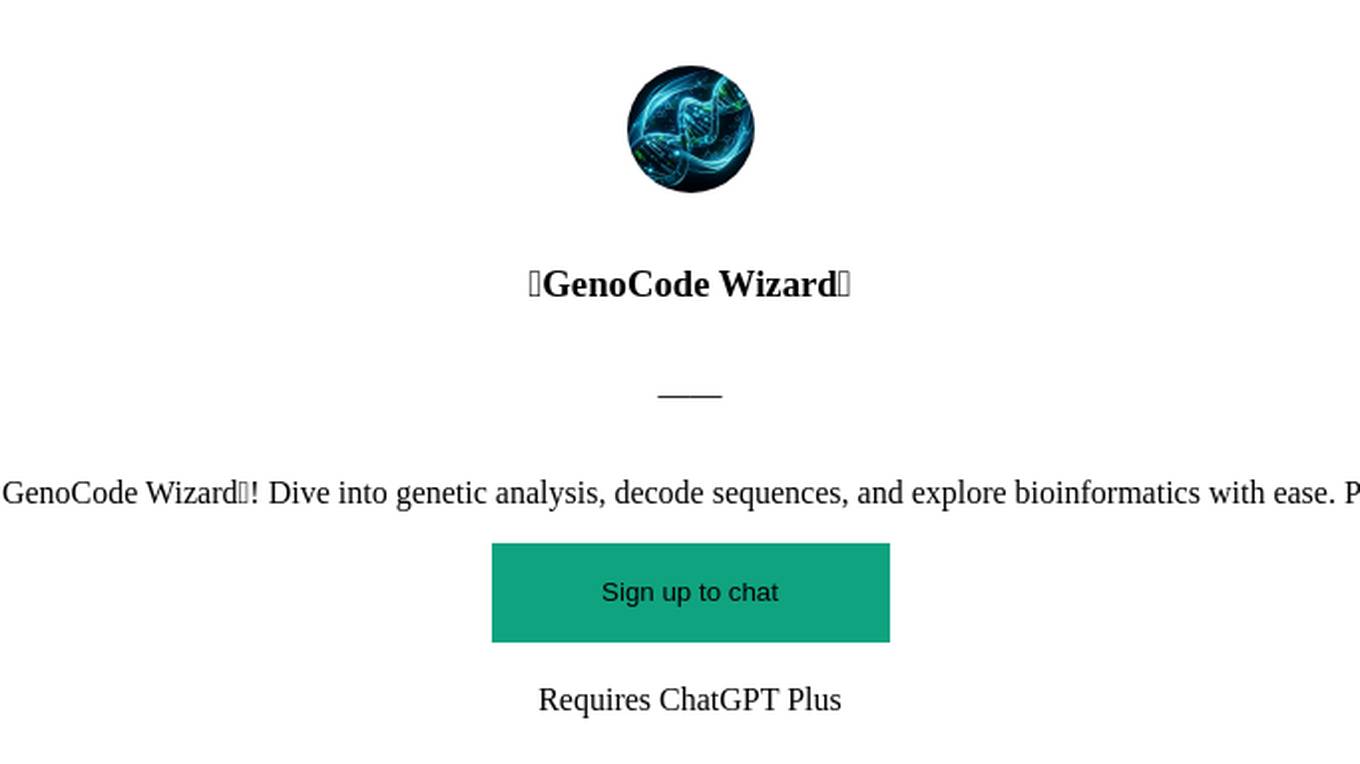
🧬GenoCode Wizard🔬
Unlock the secrets of DNA with 🧬GenoCode Wizard🔬! Dive into genetic analysis, decode sequences, and explore bioinformatics with ease. Perfect for researchers and students!
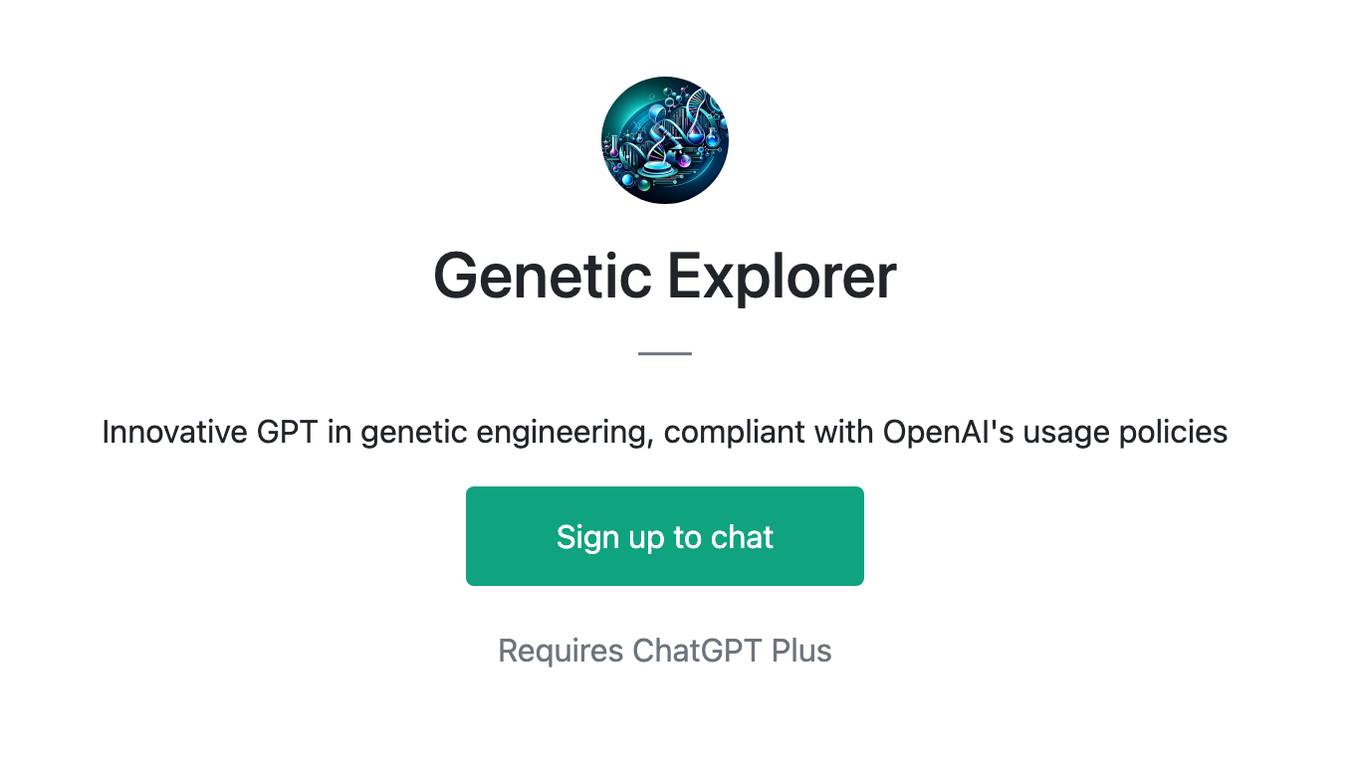
Genetic Explorer
Innovative GPT in genetic engineering, compliant with OpenAI's usage policies
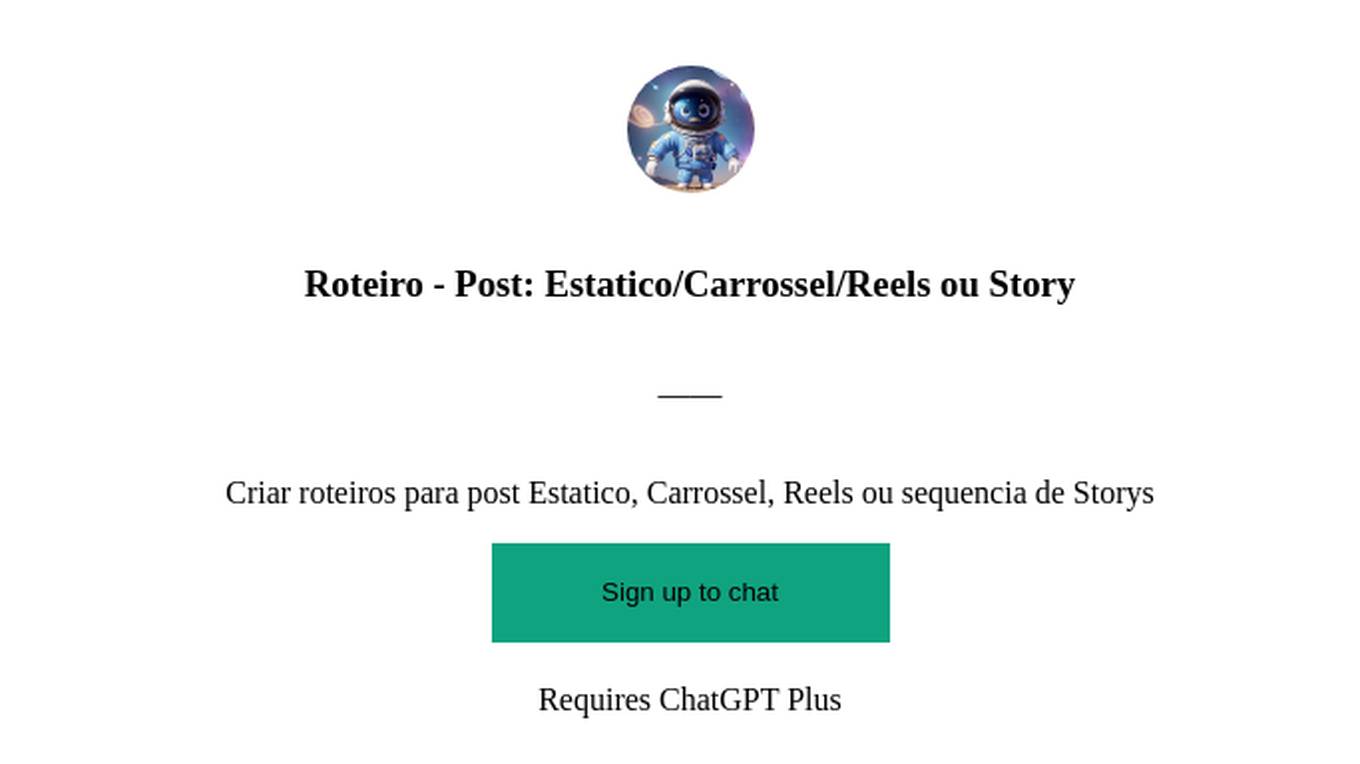
Roteiro - Post: Estatico/Carrossel/Reels ou Story
Criar roteiros para post Estatico, Carrossel, Reels ou sequencia de Storys

